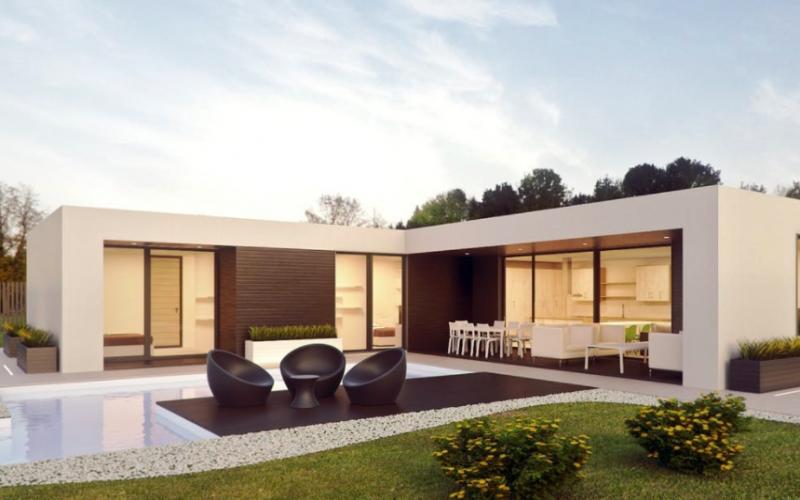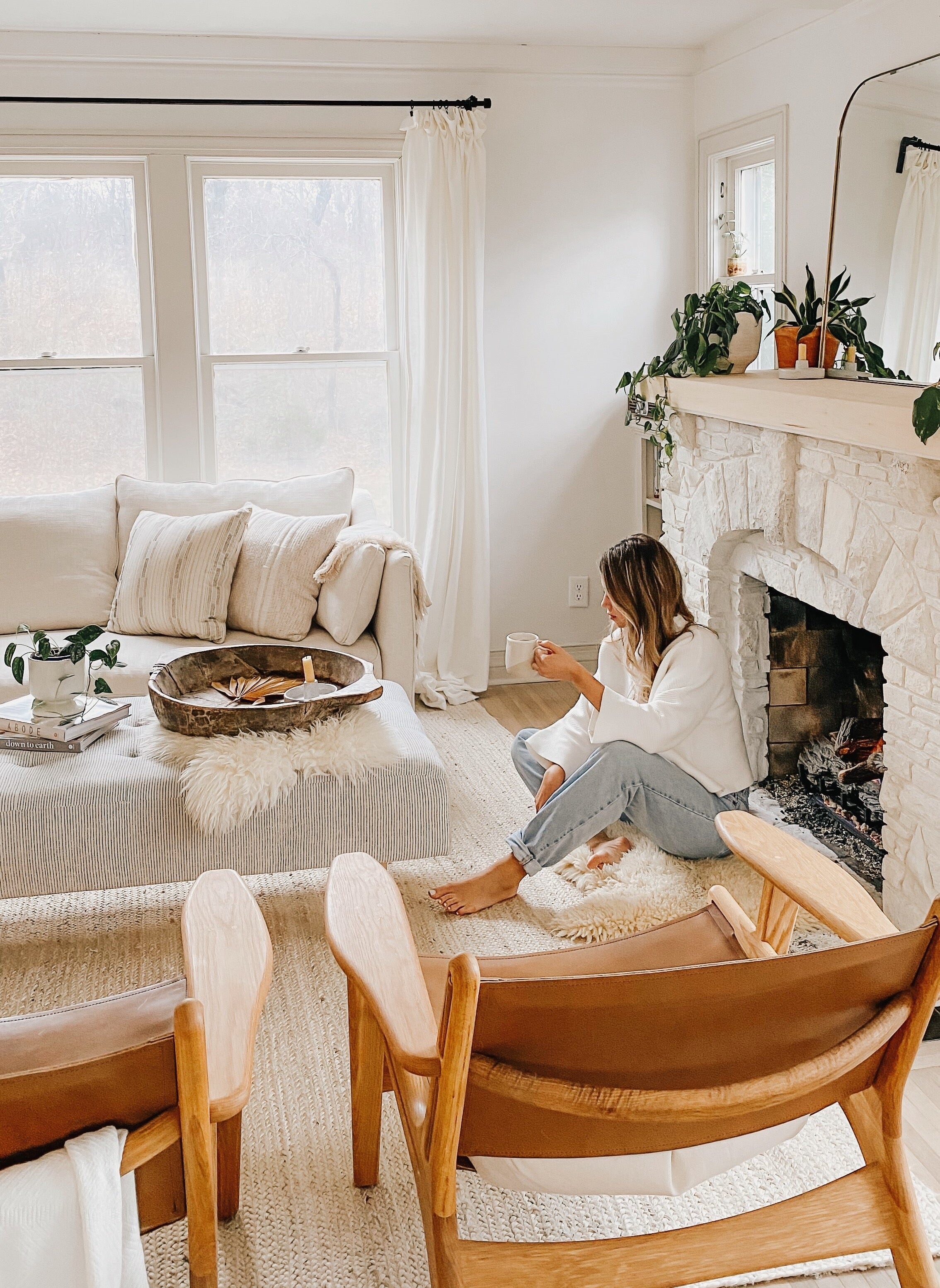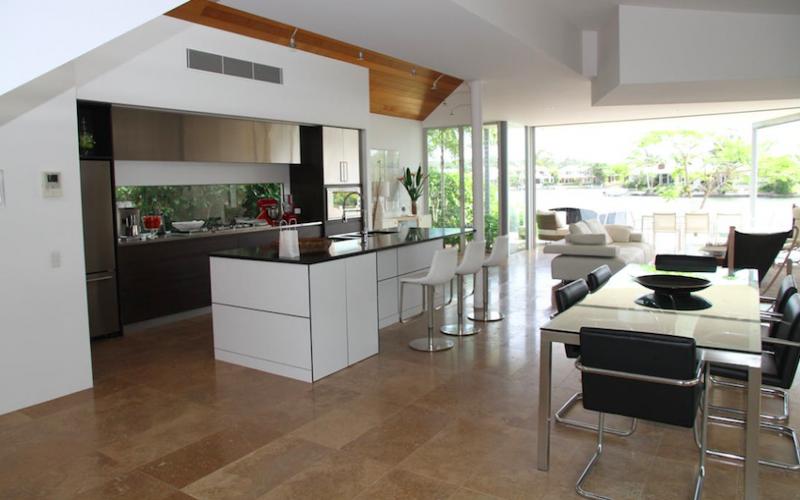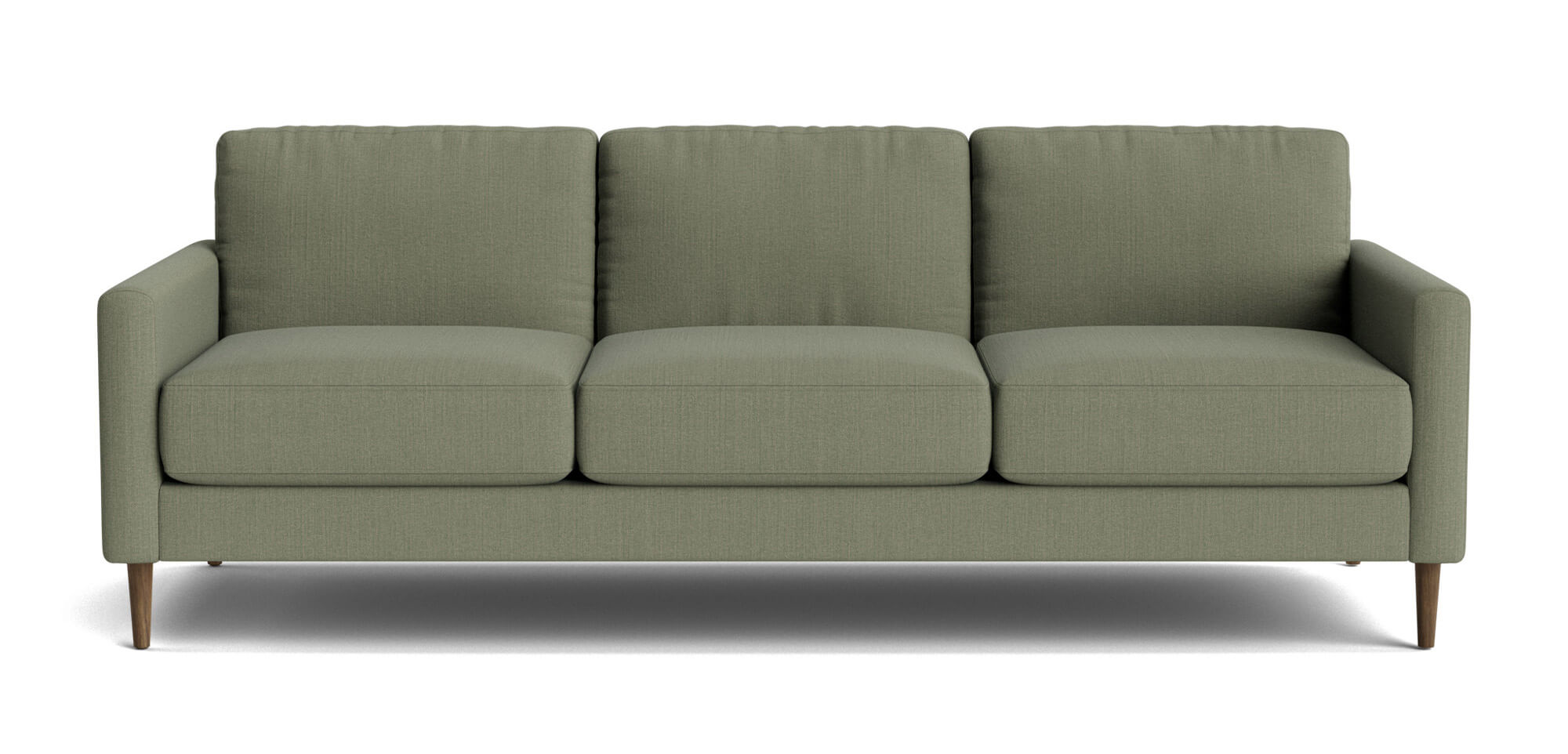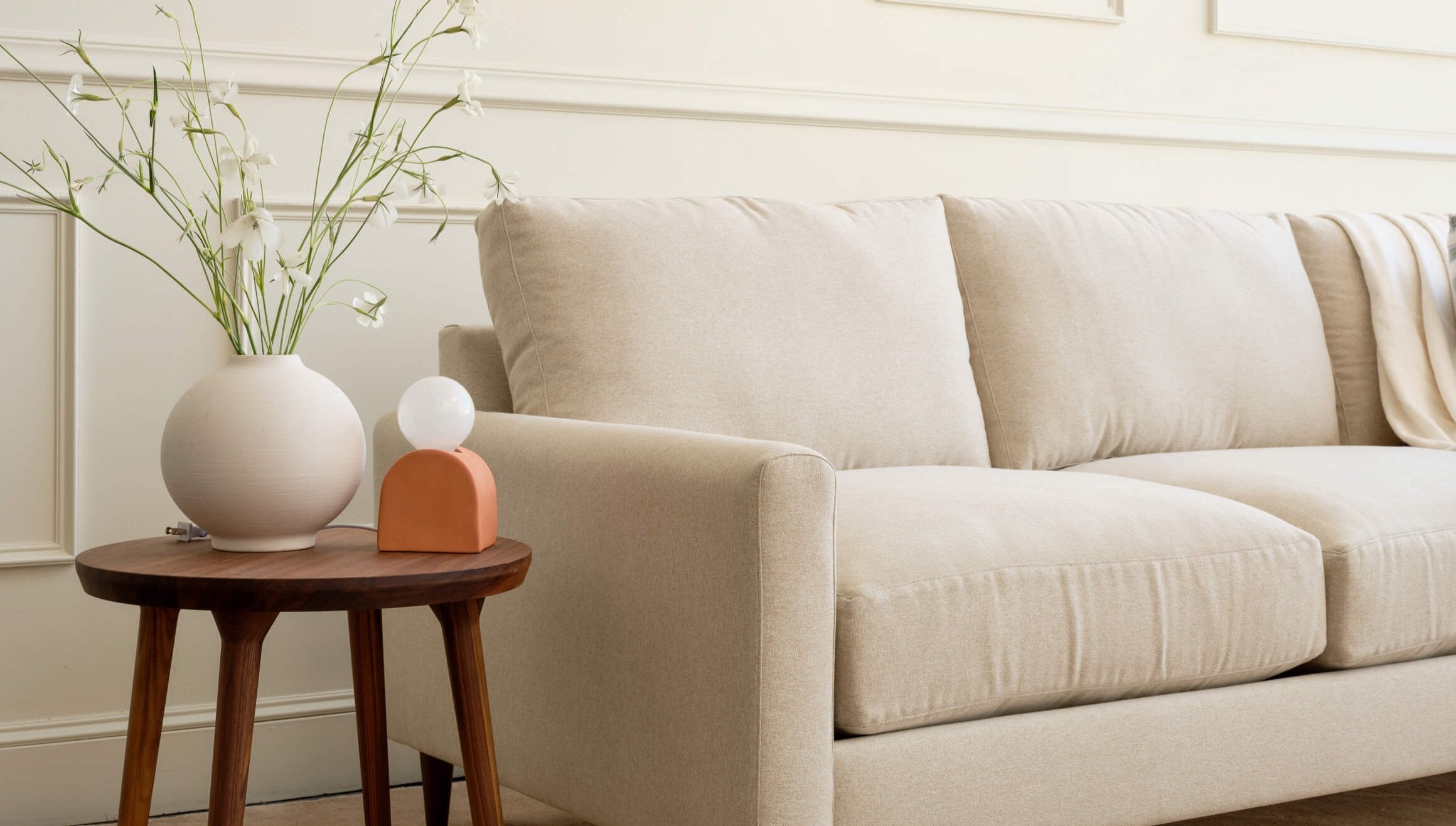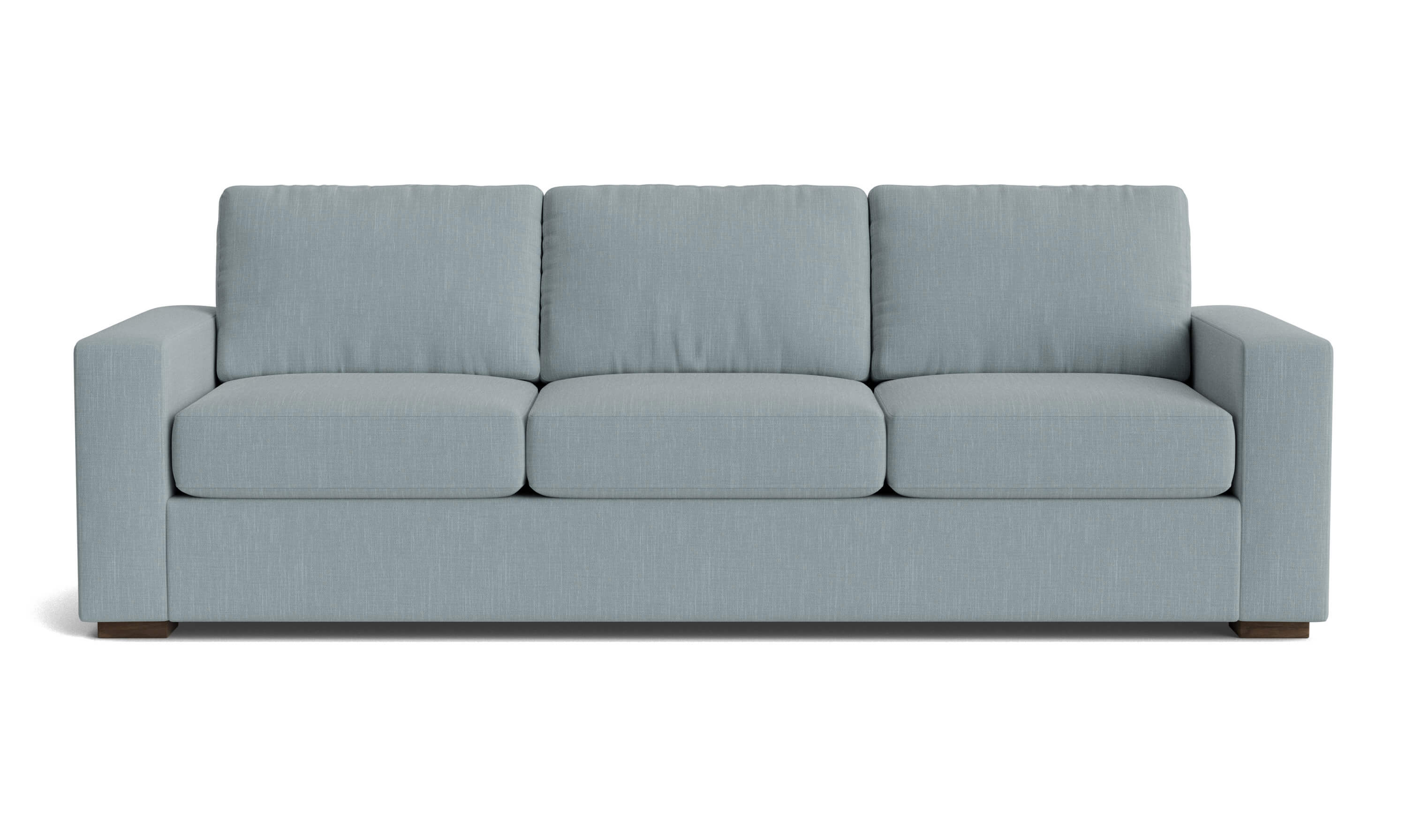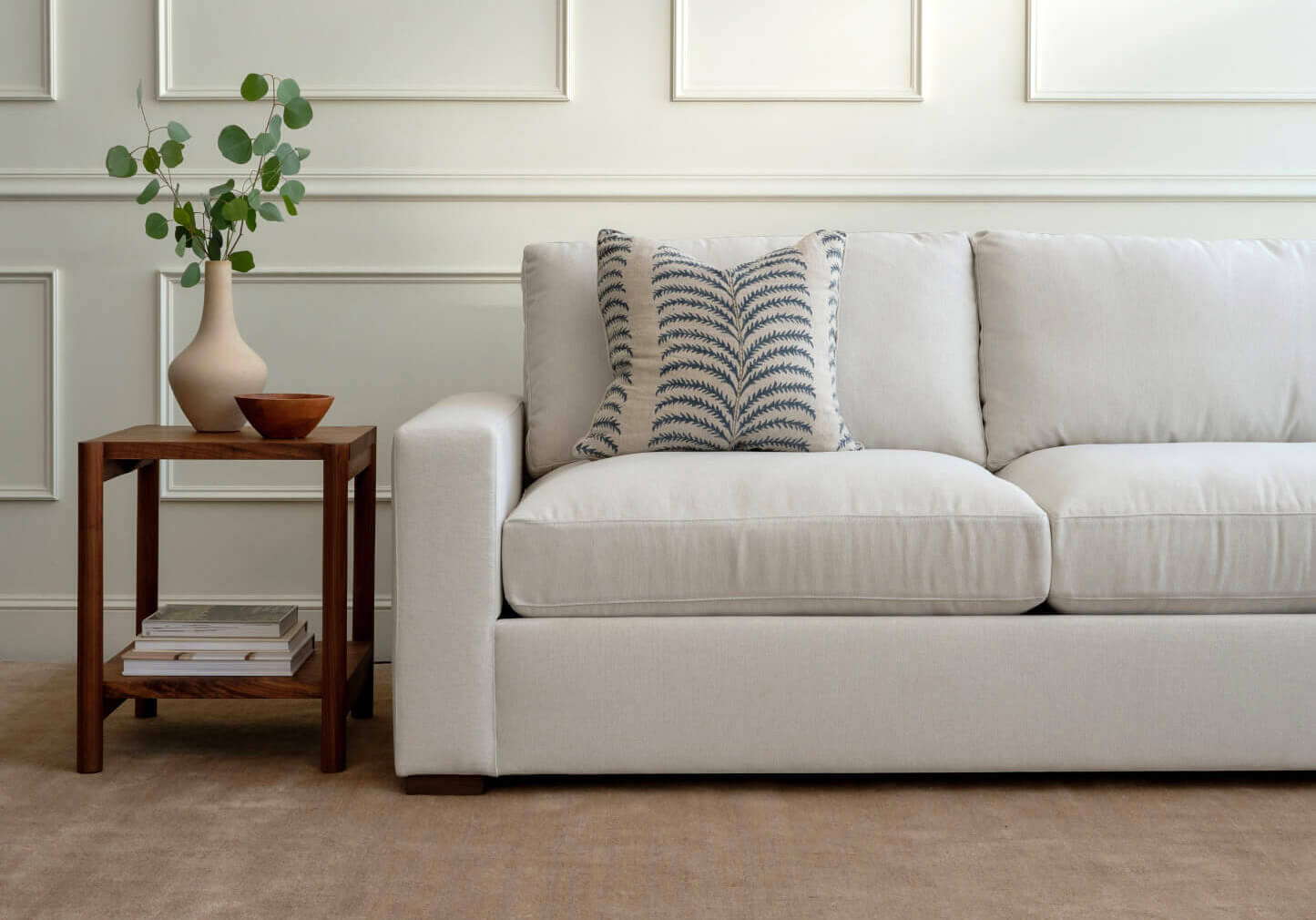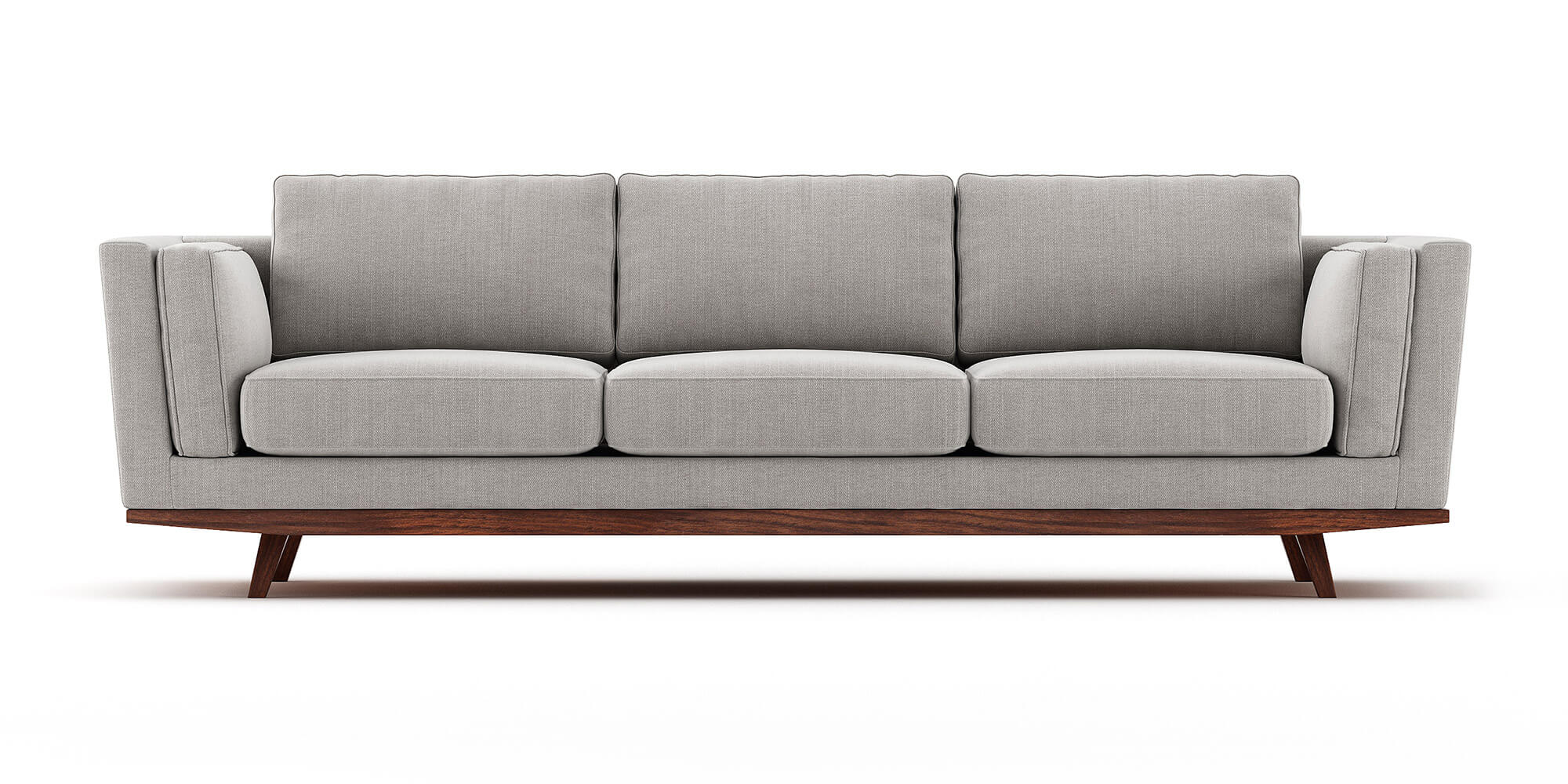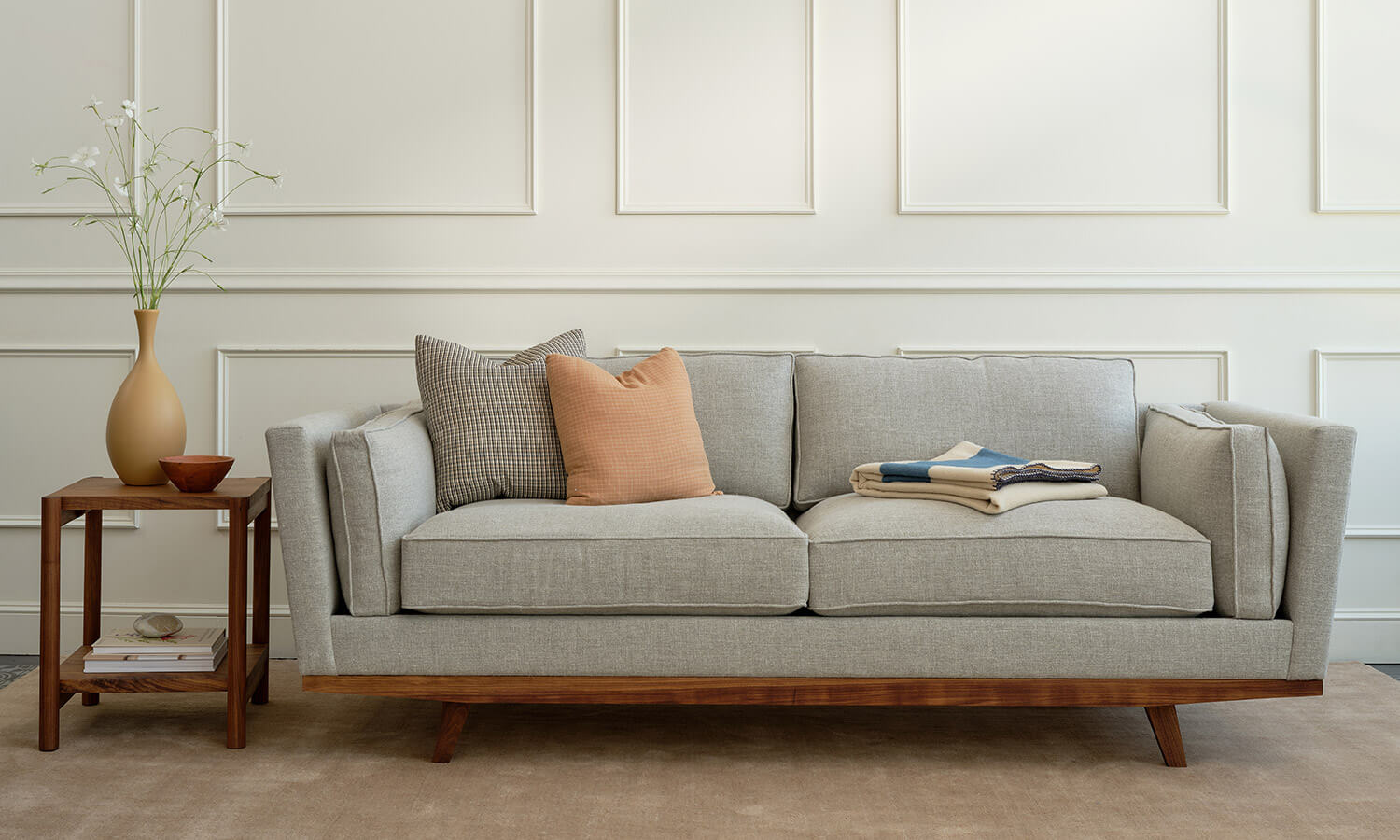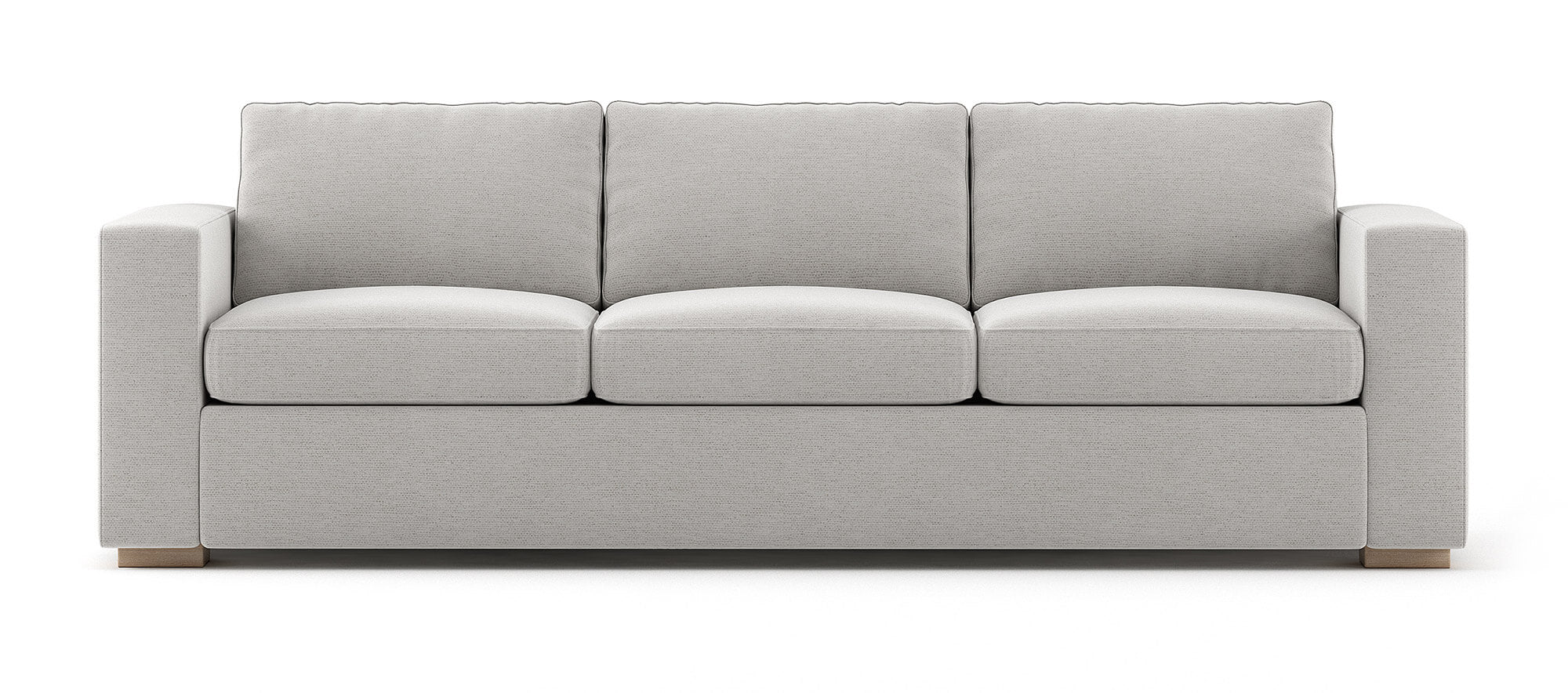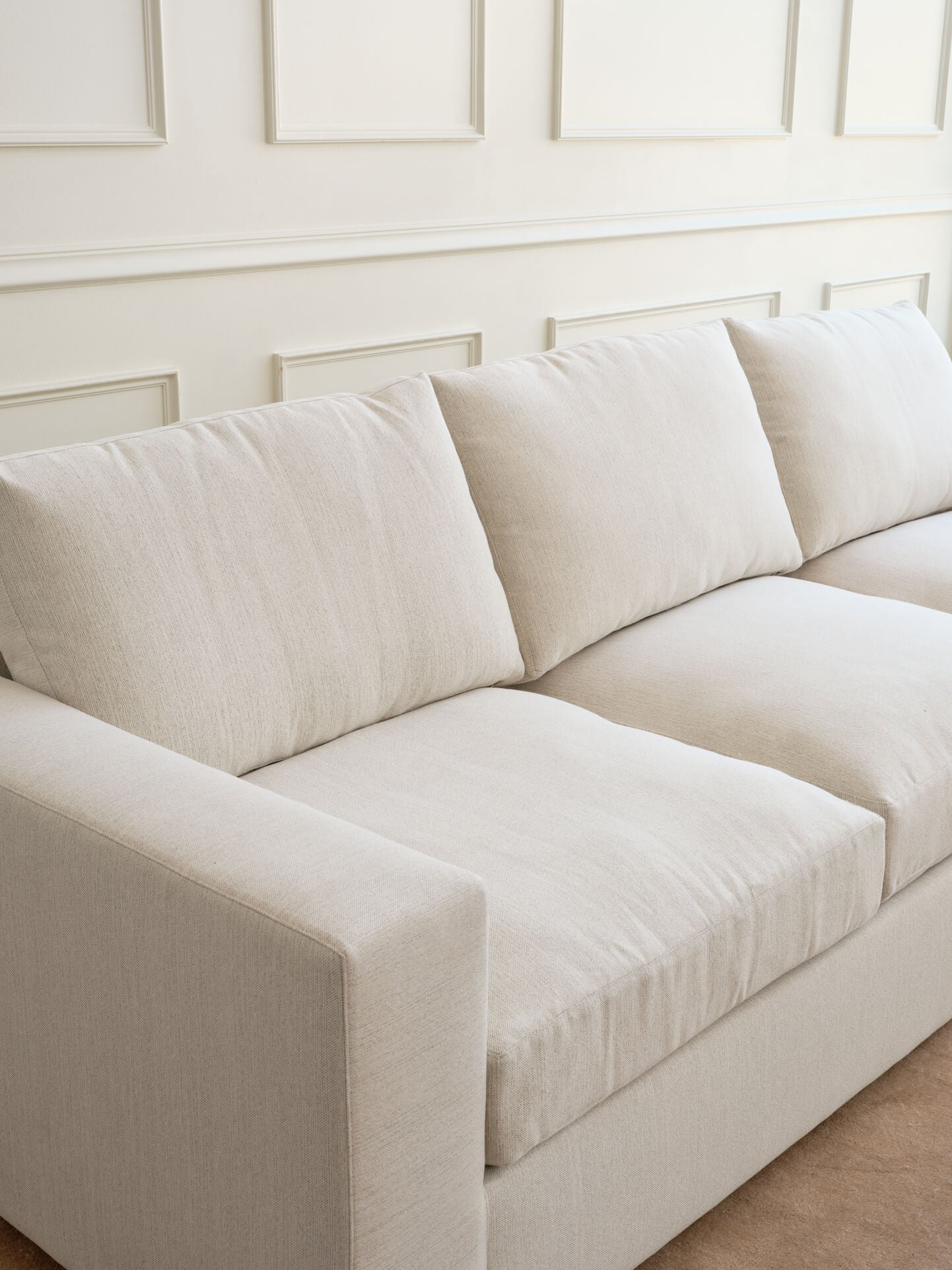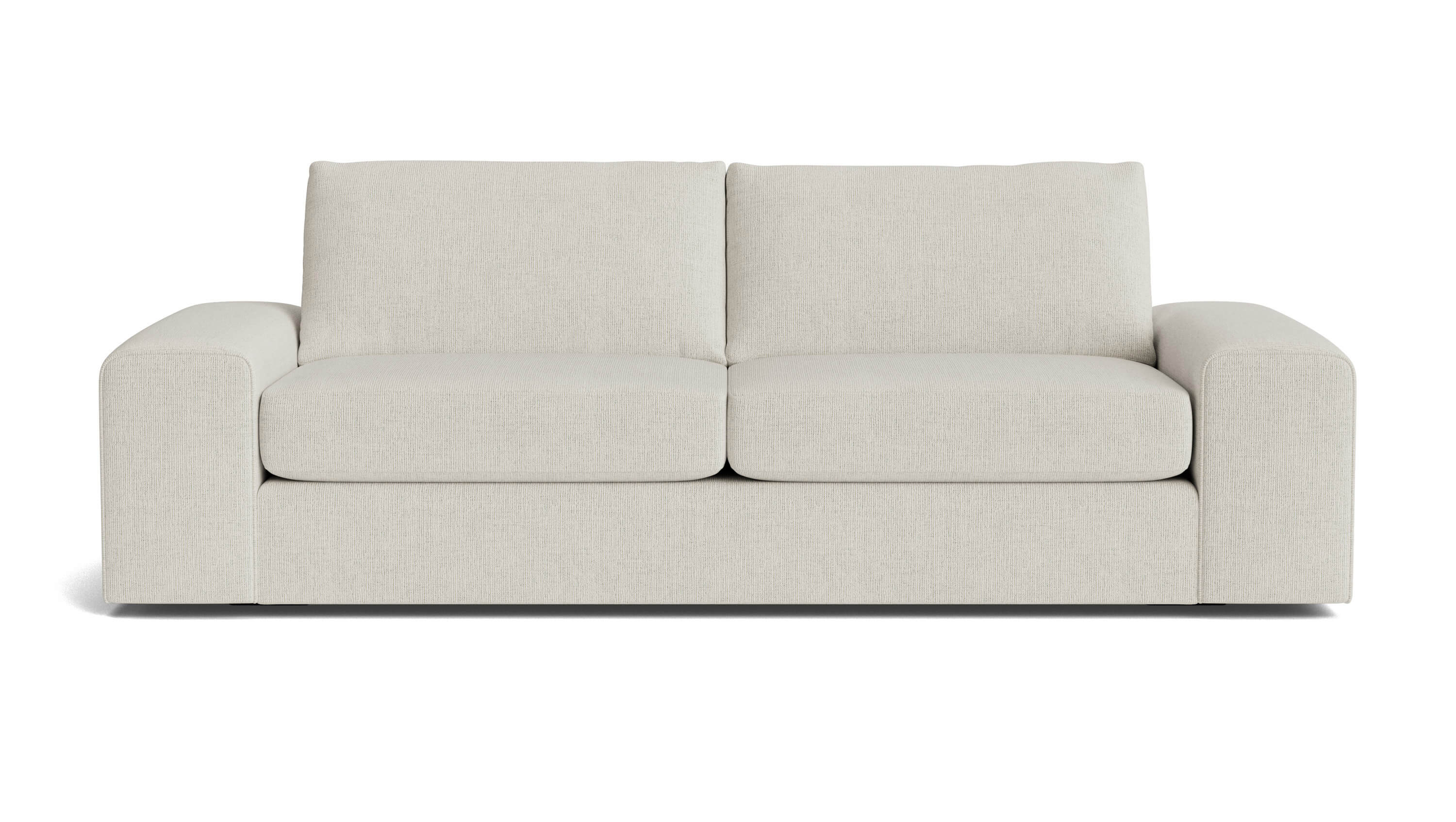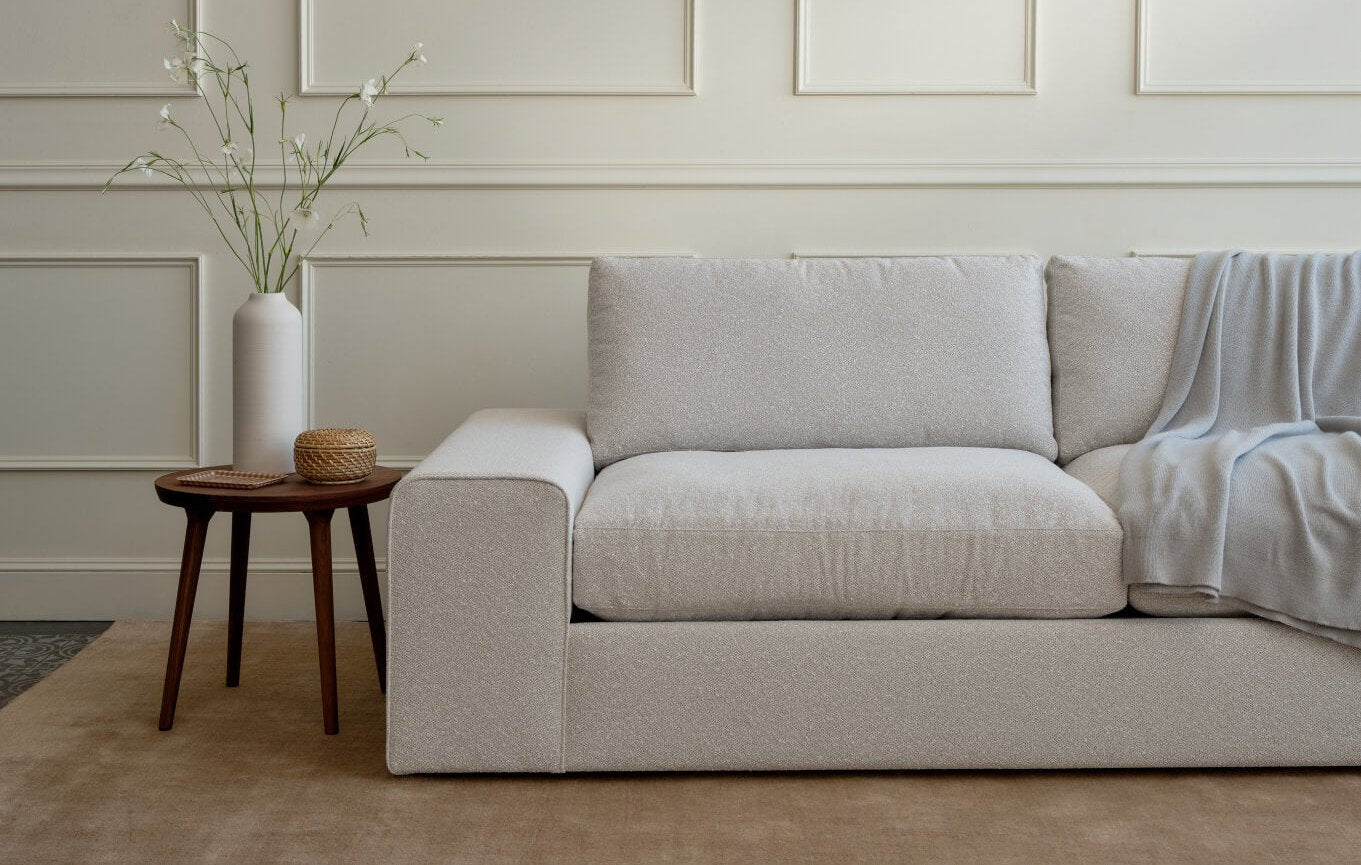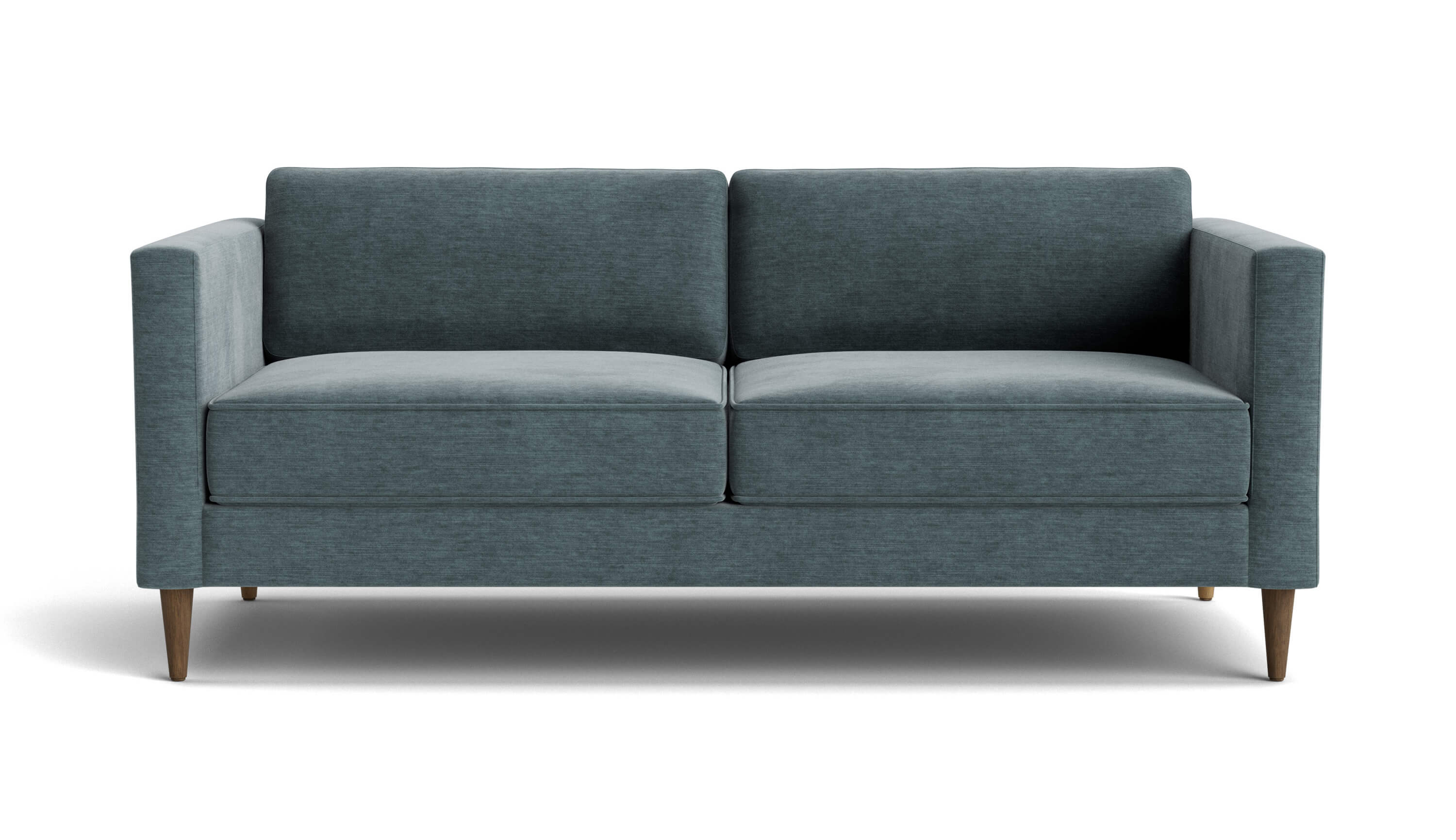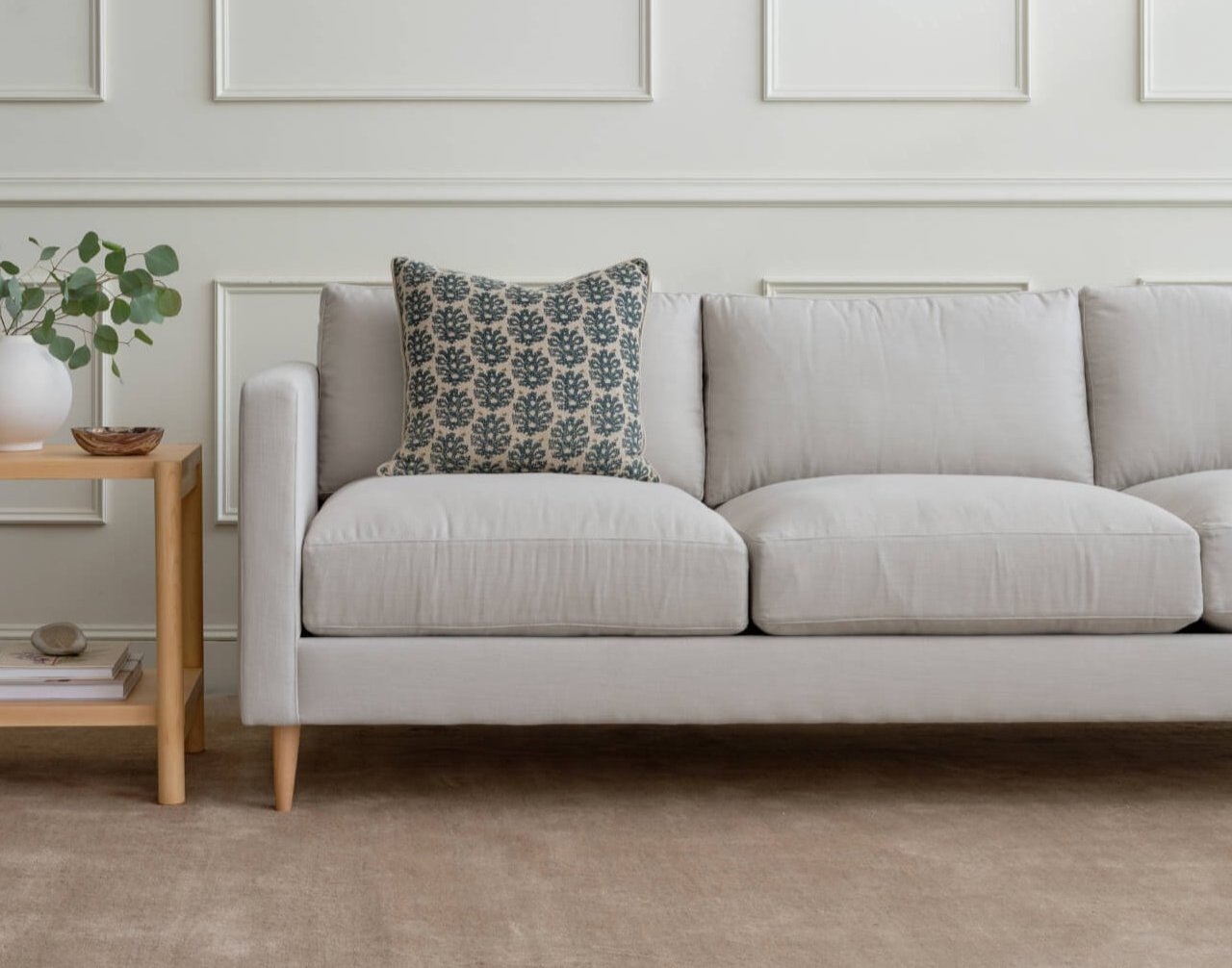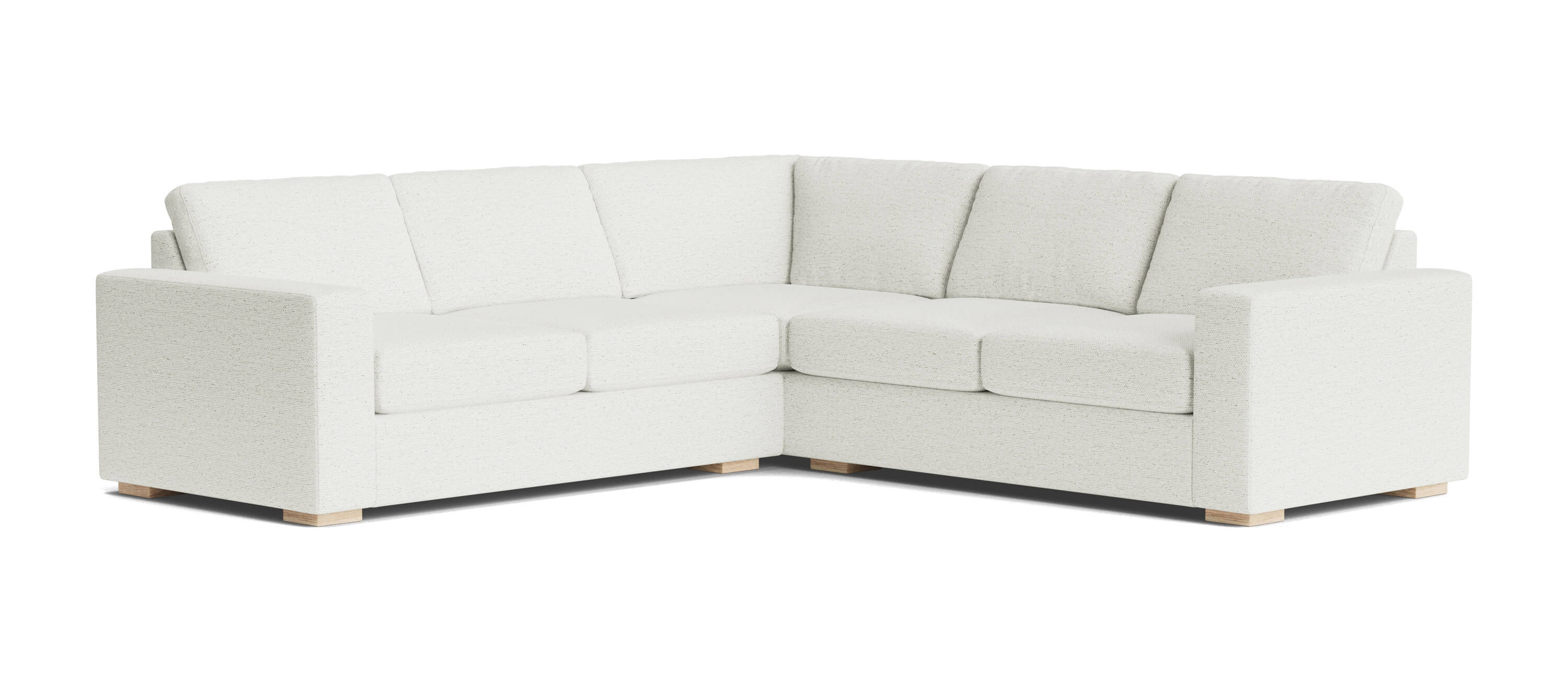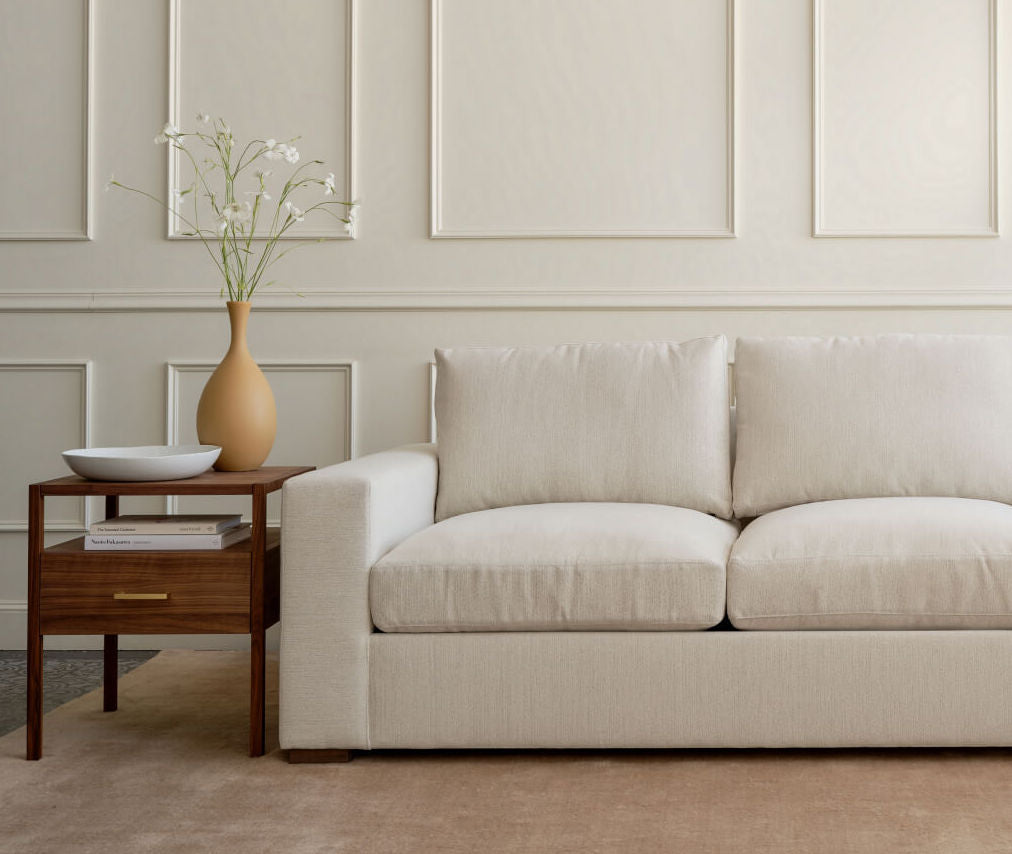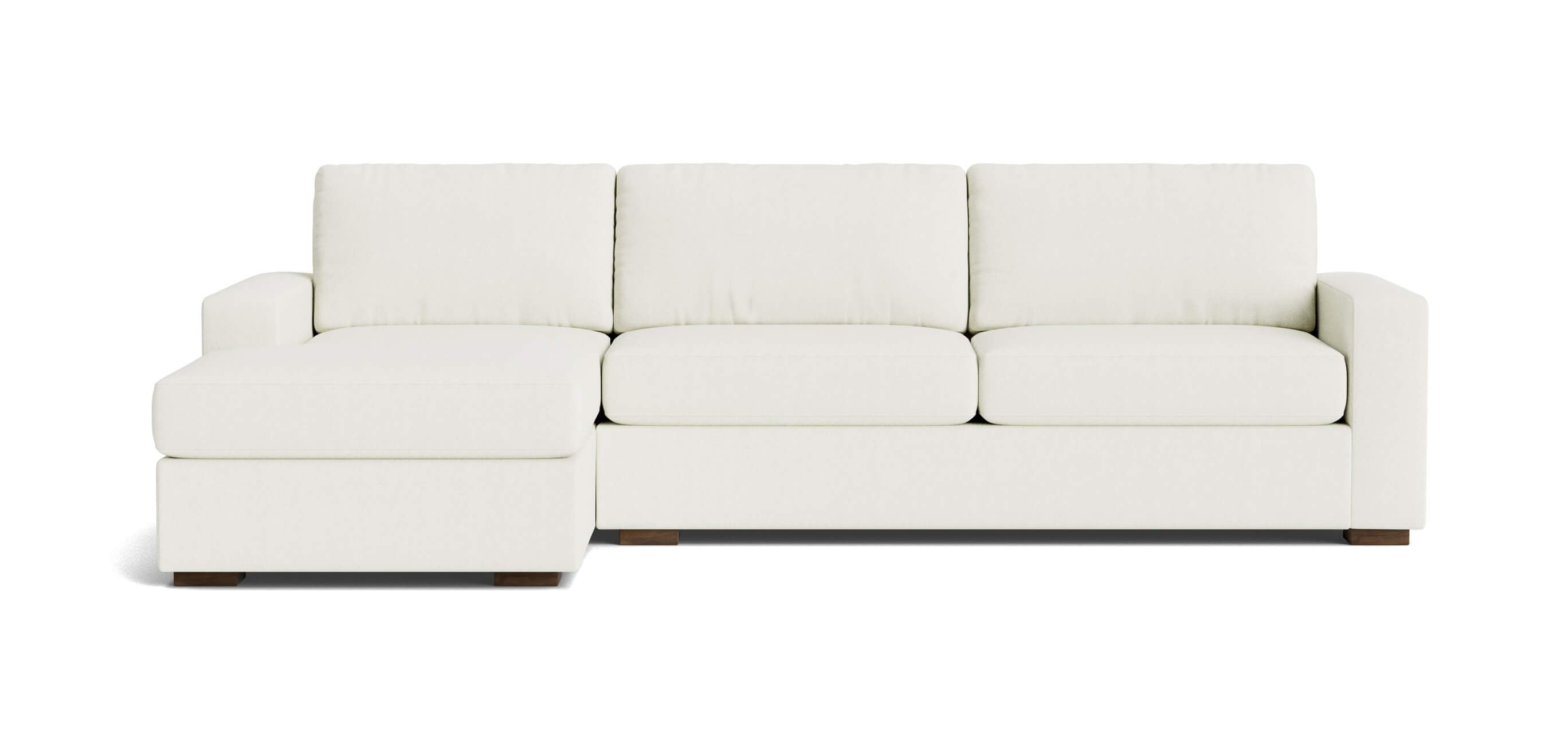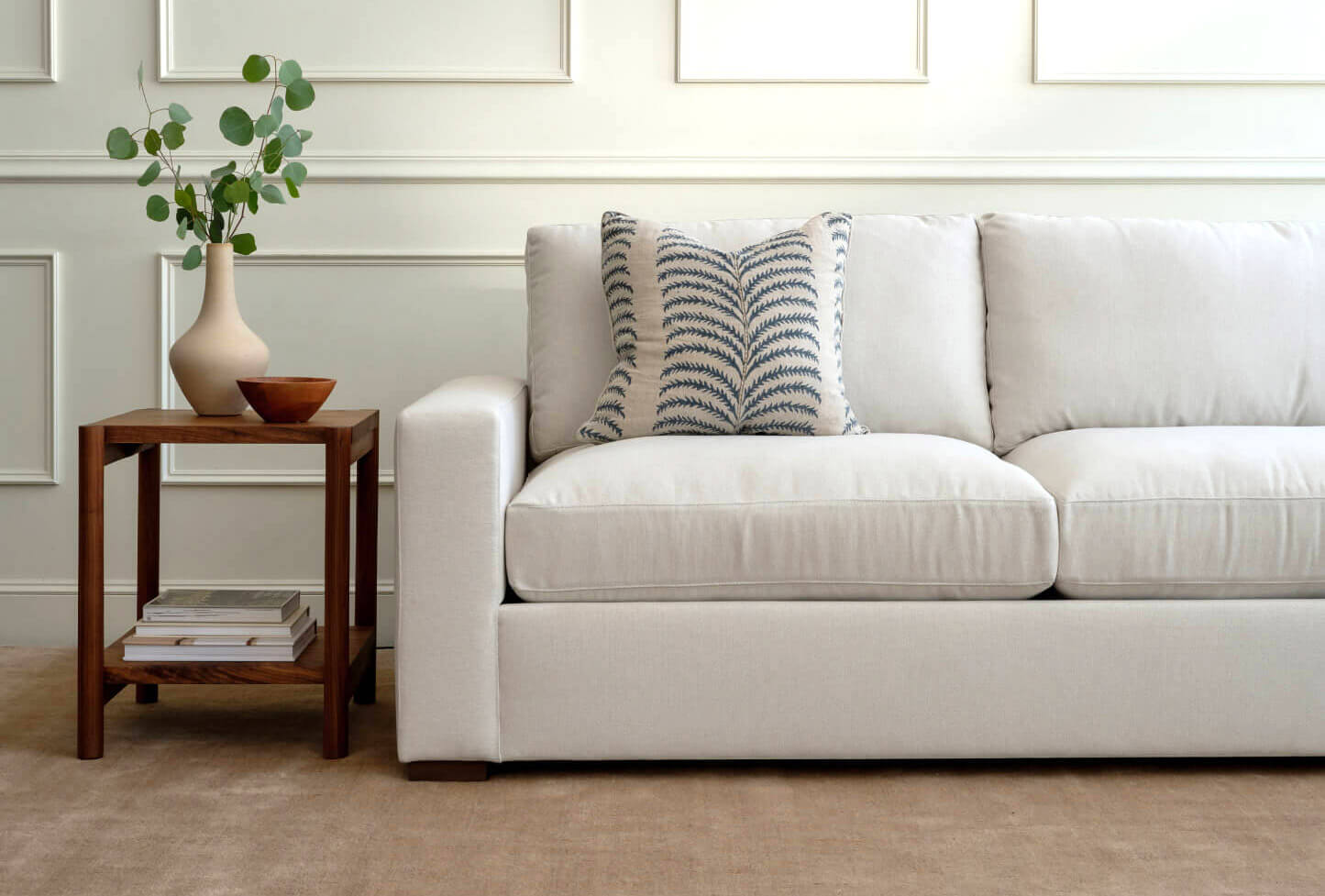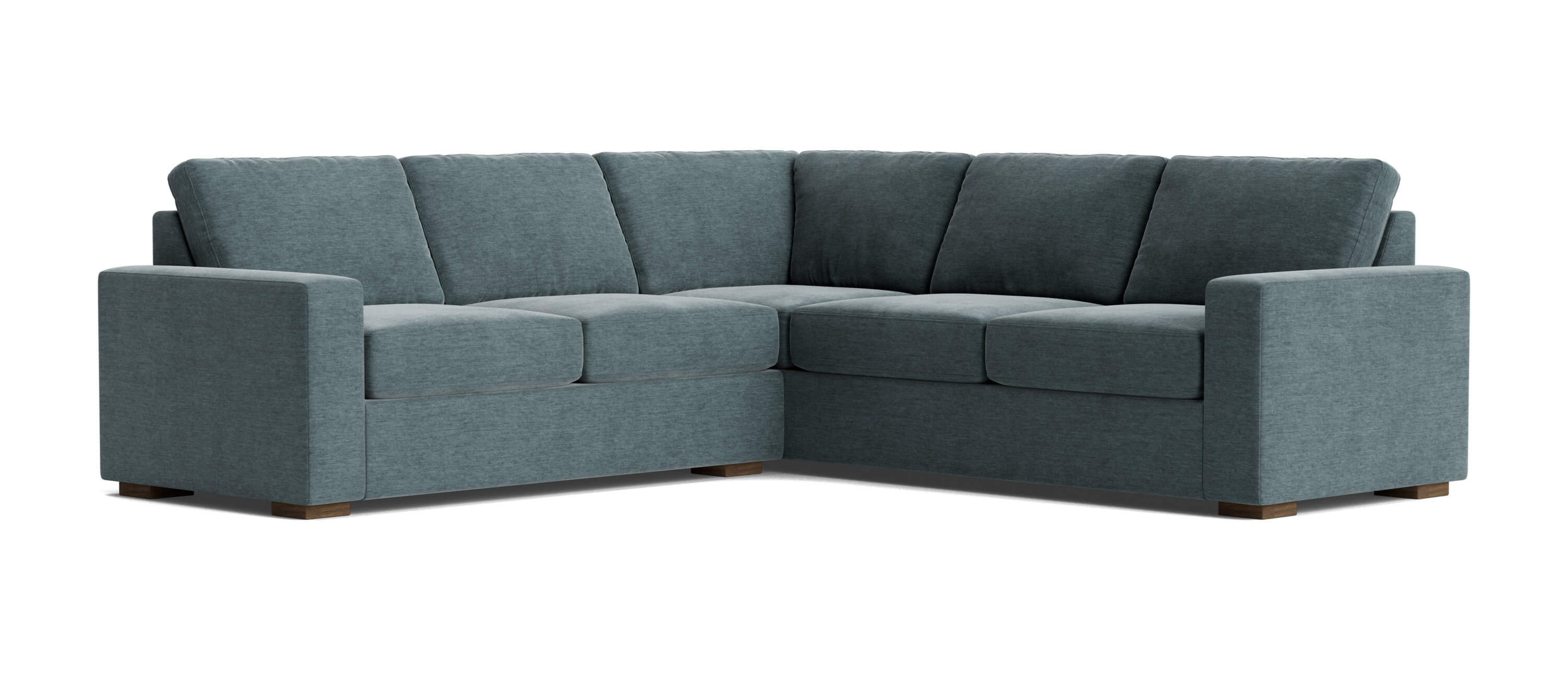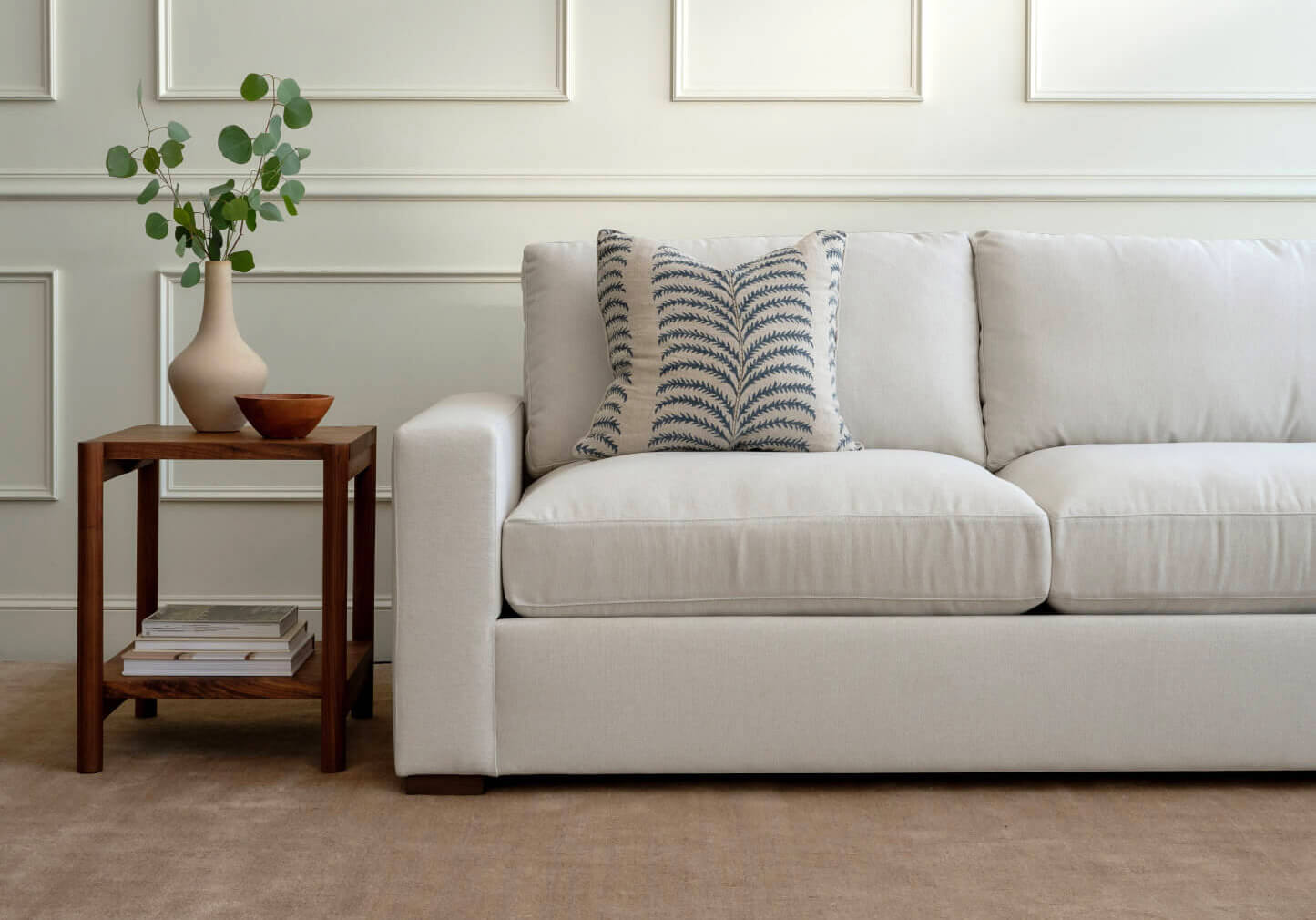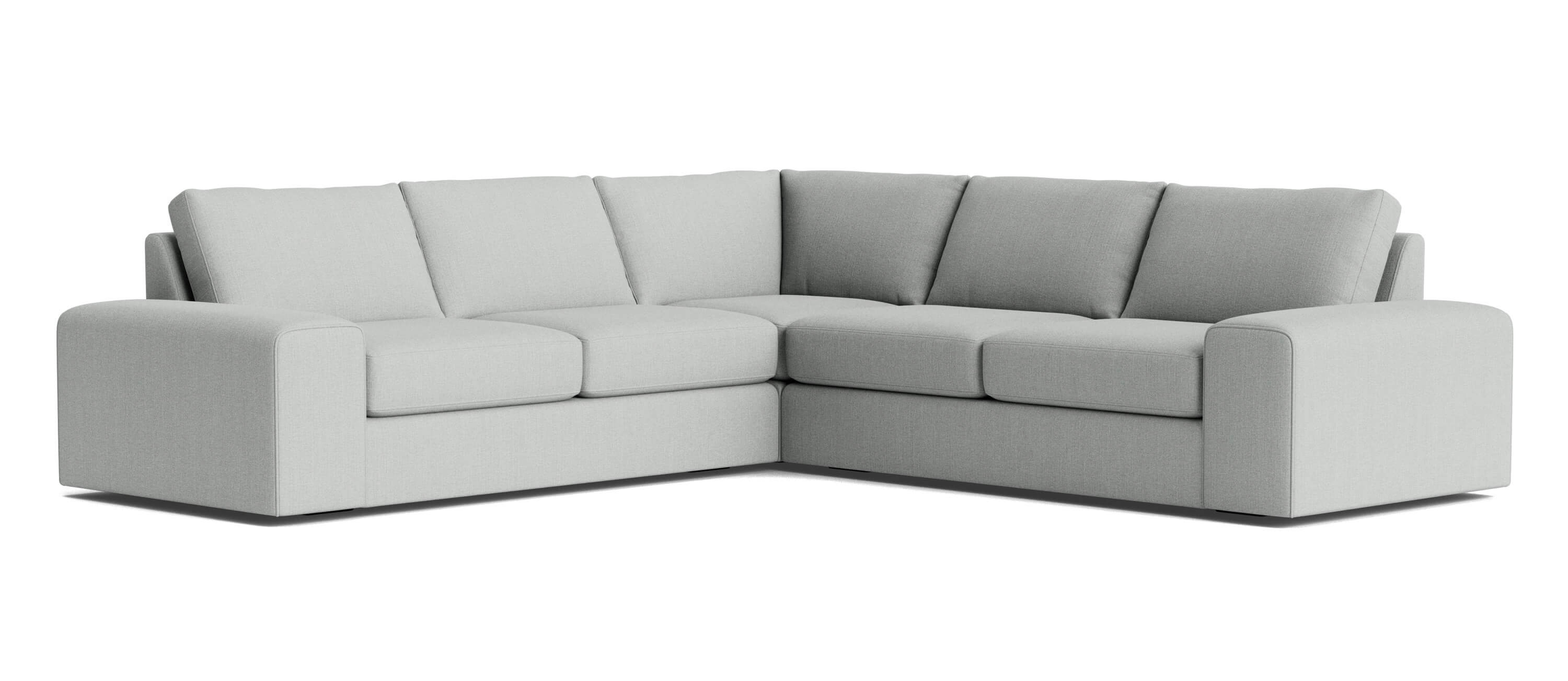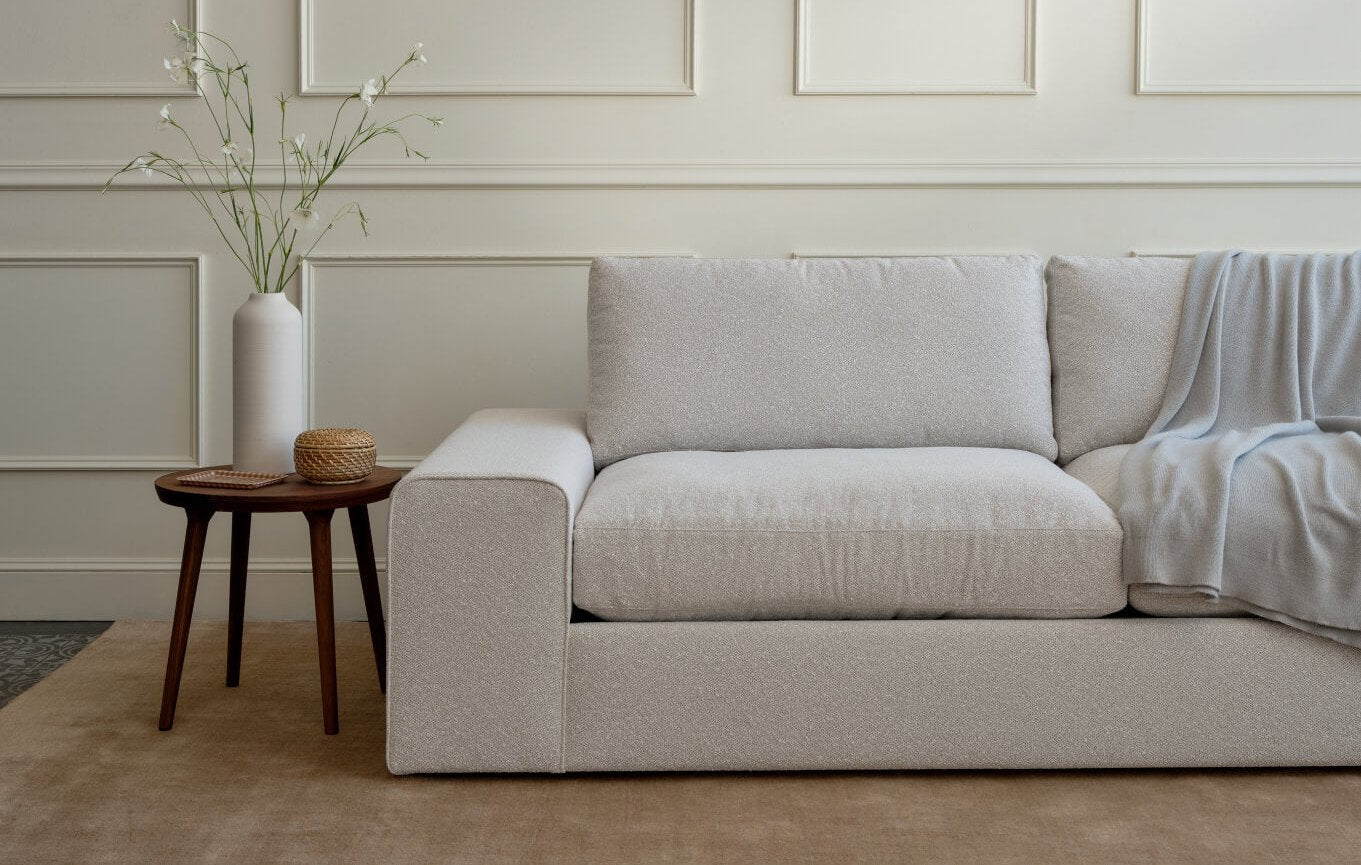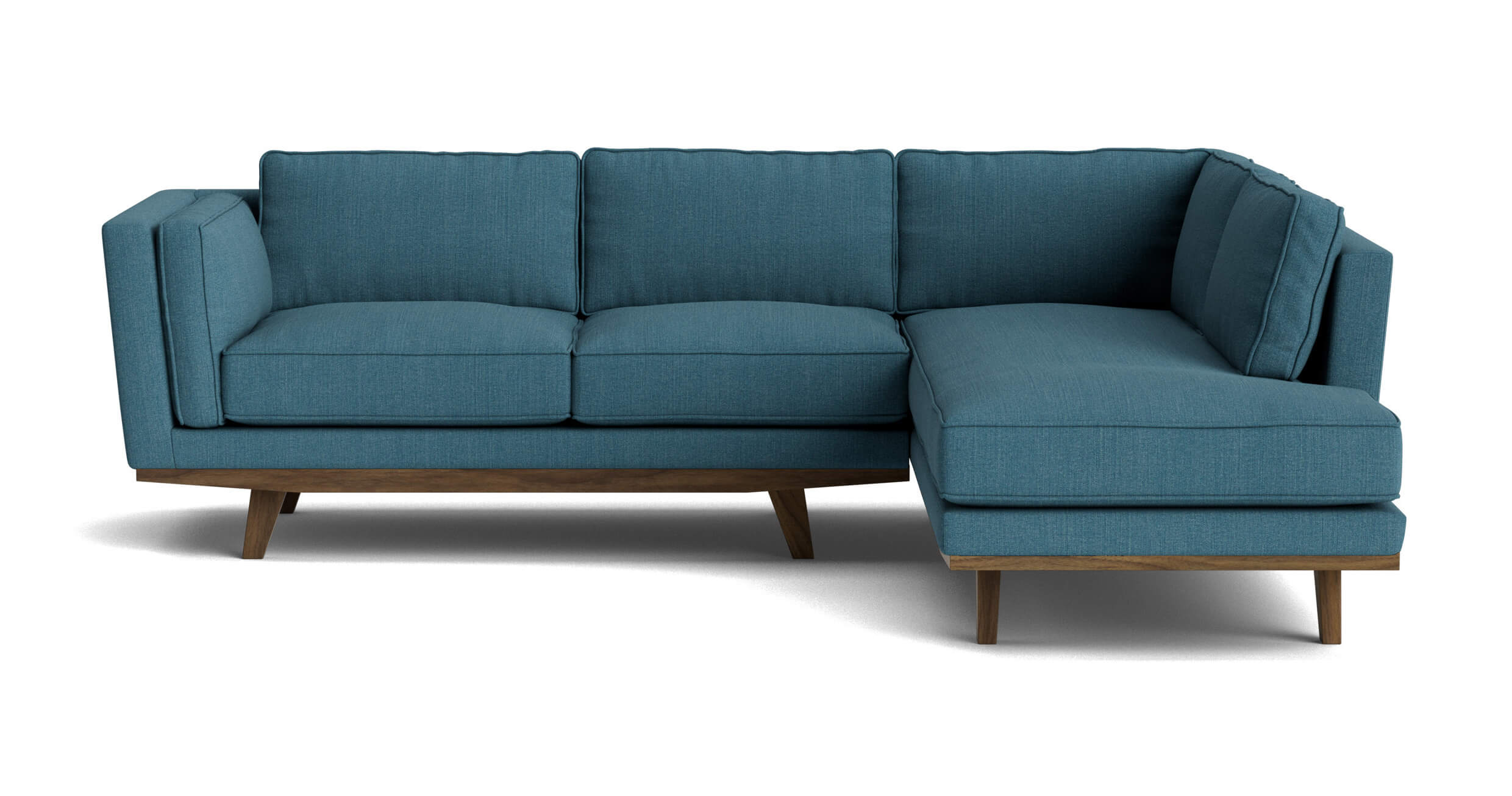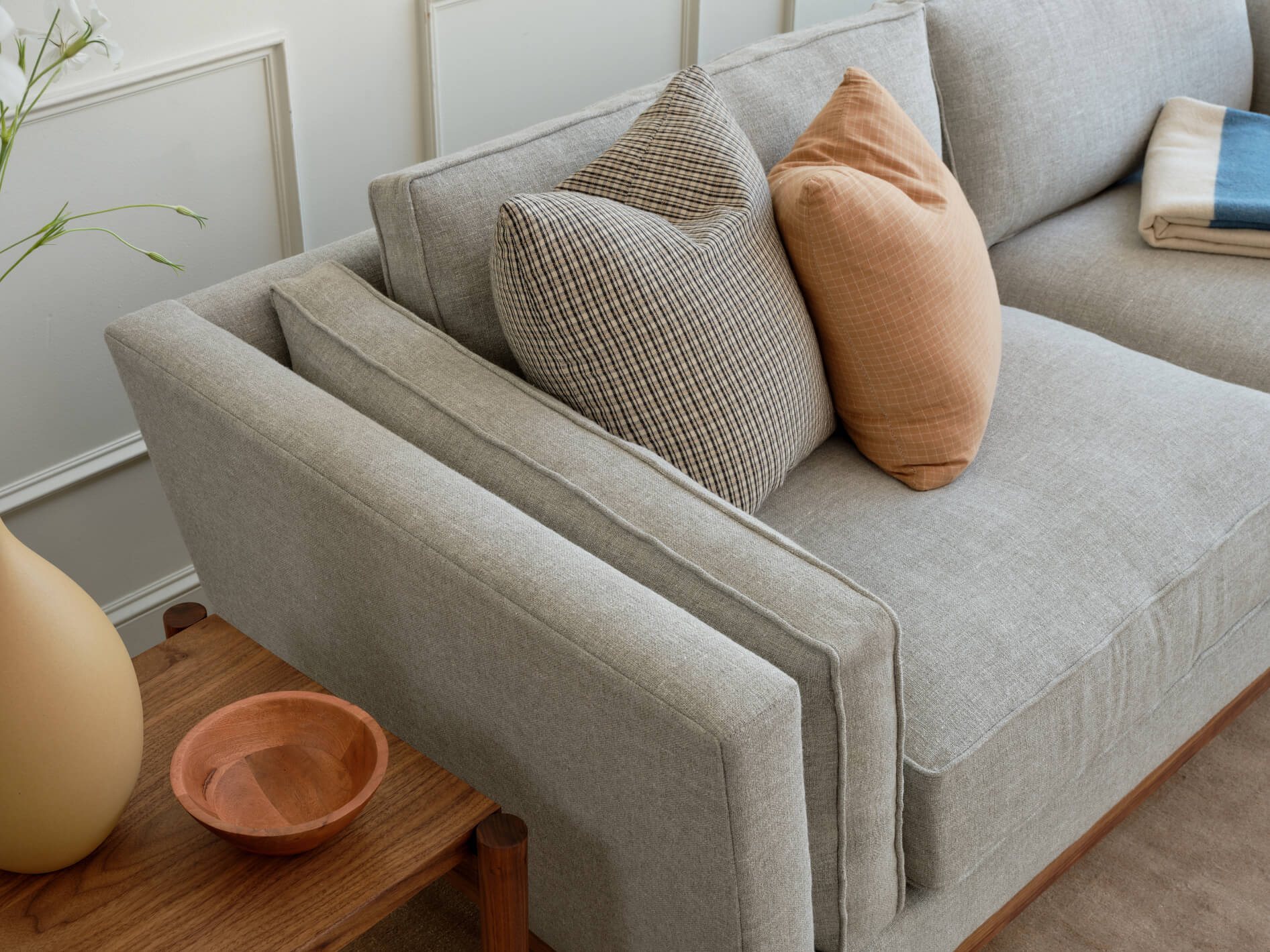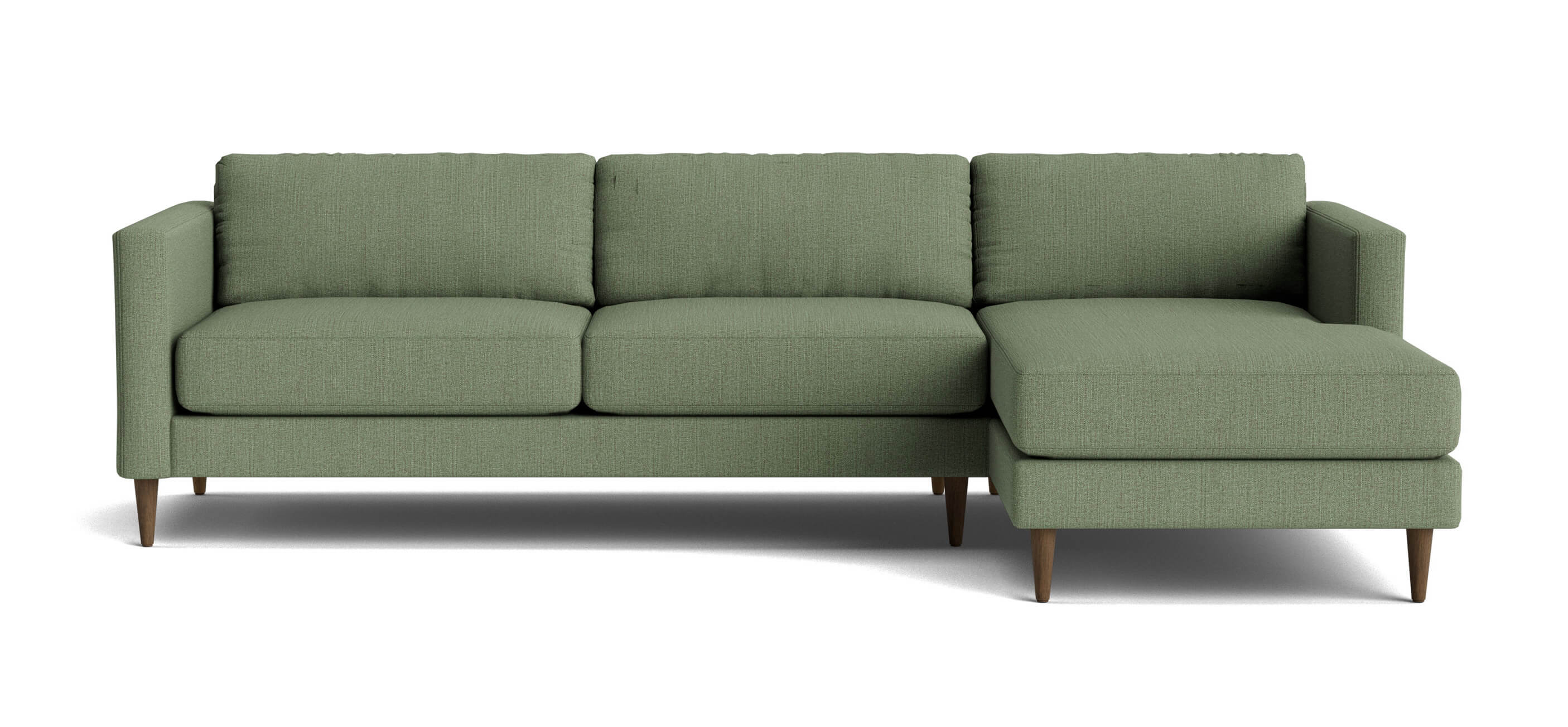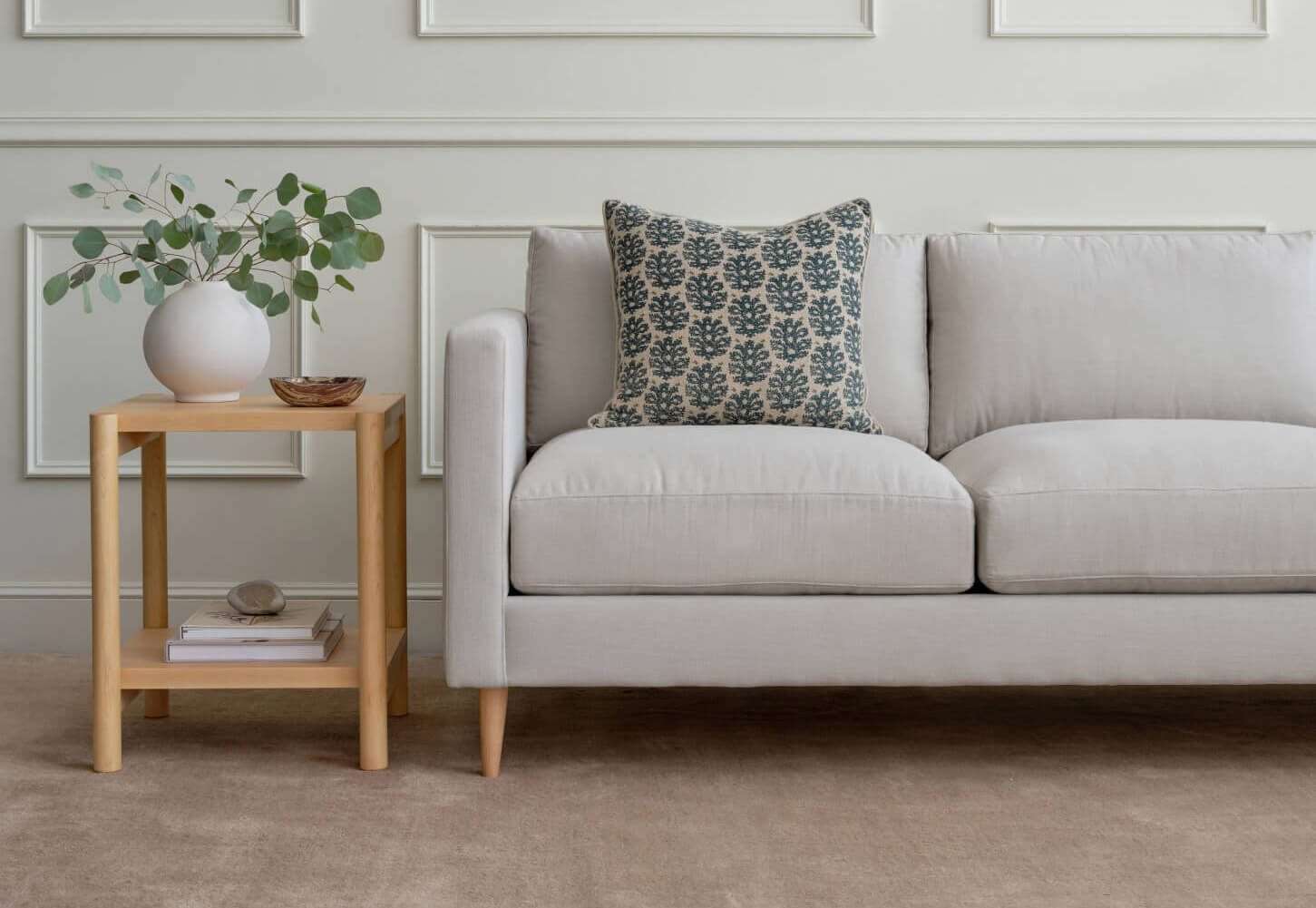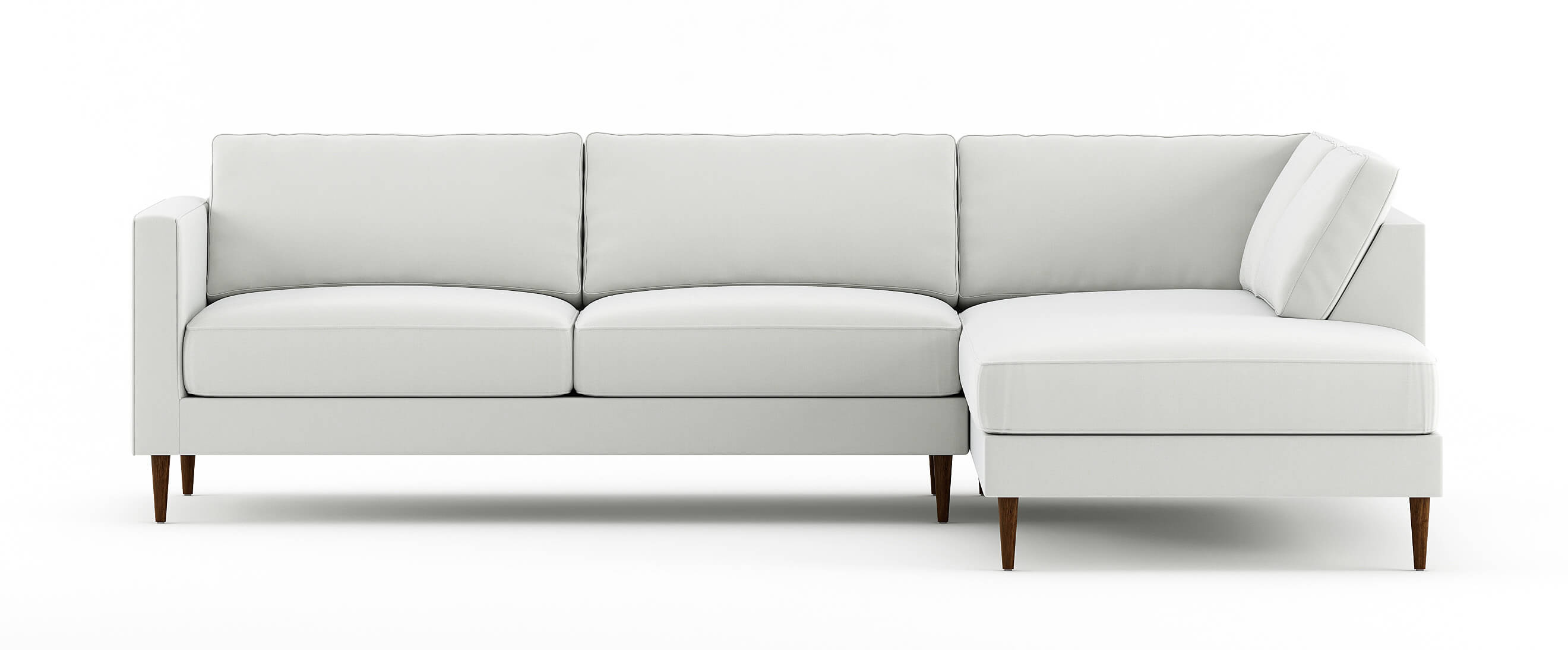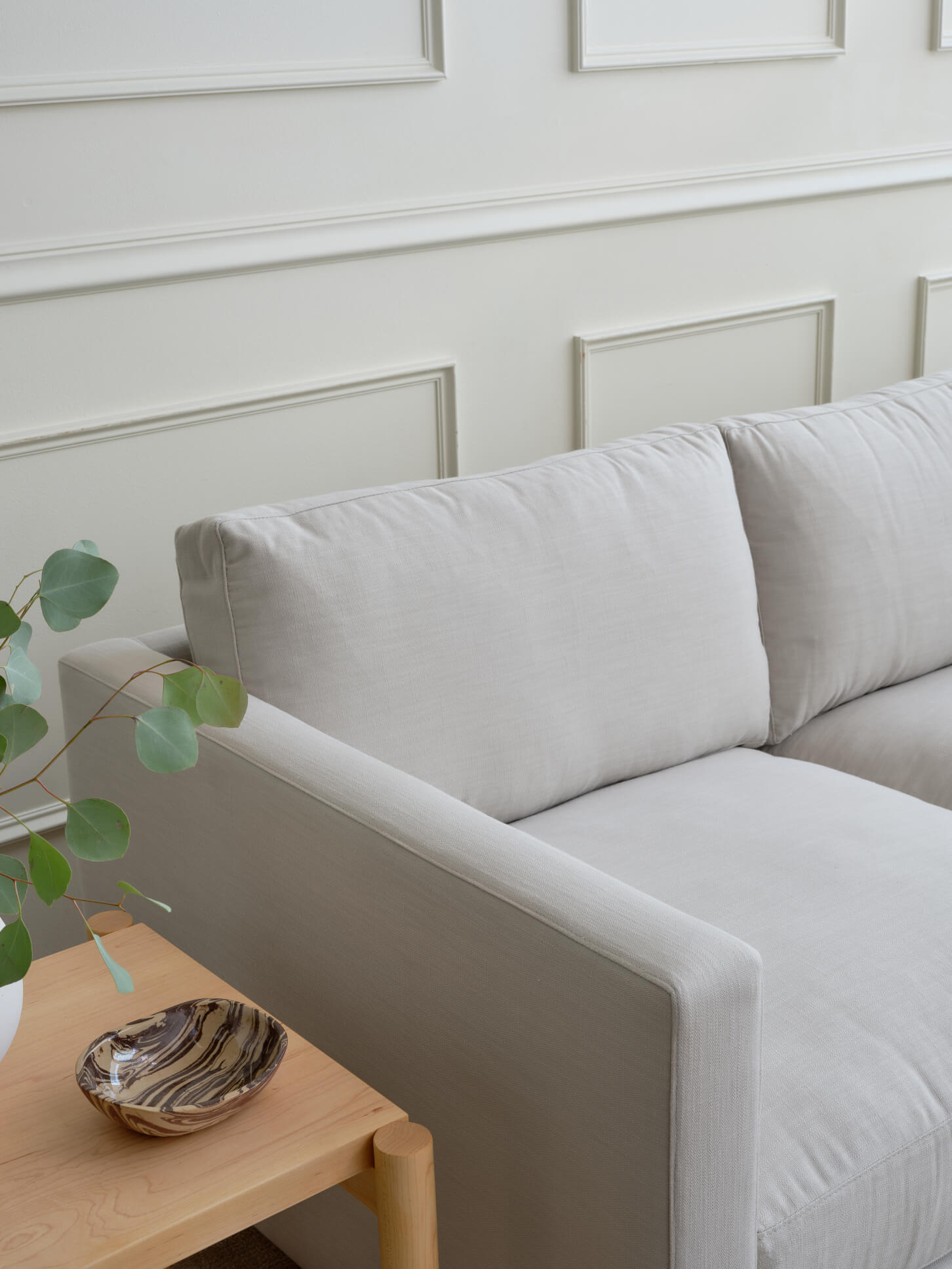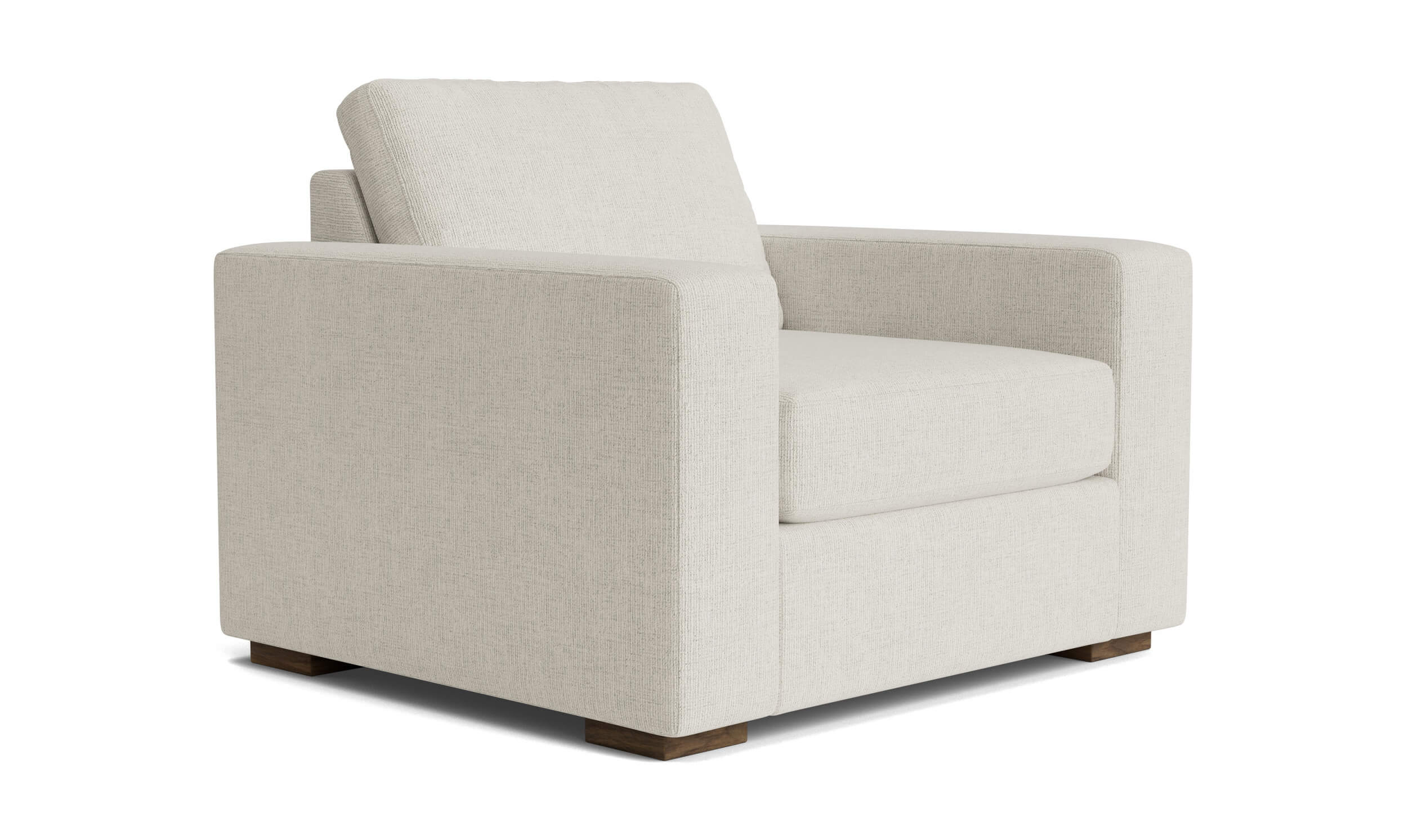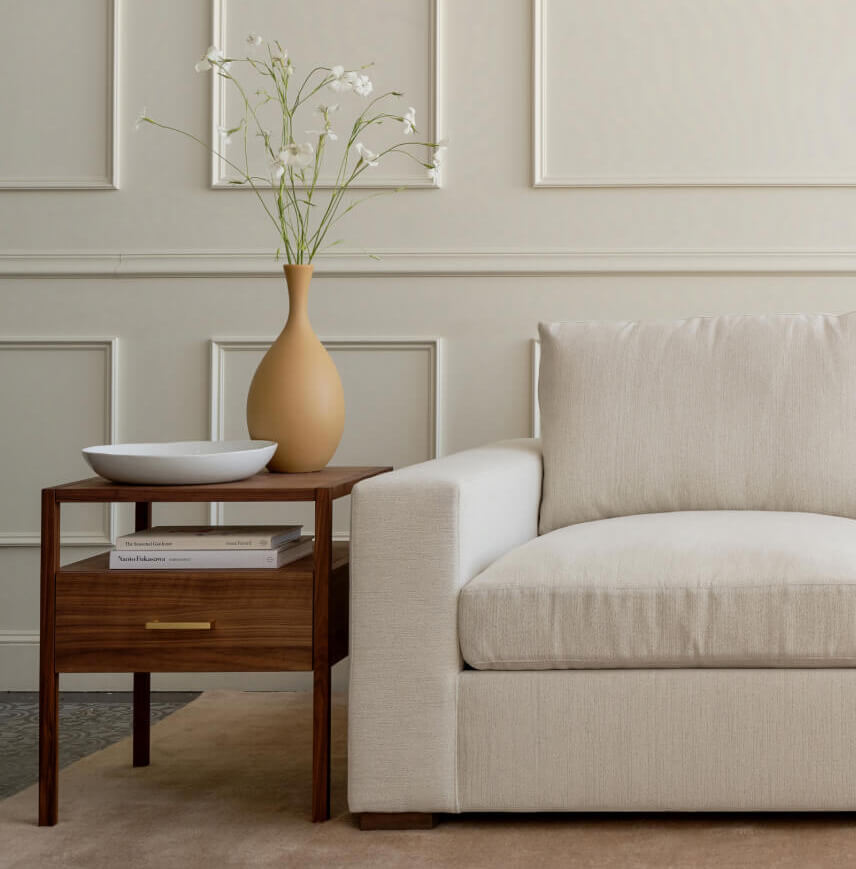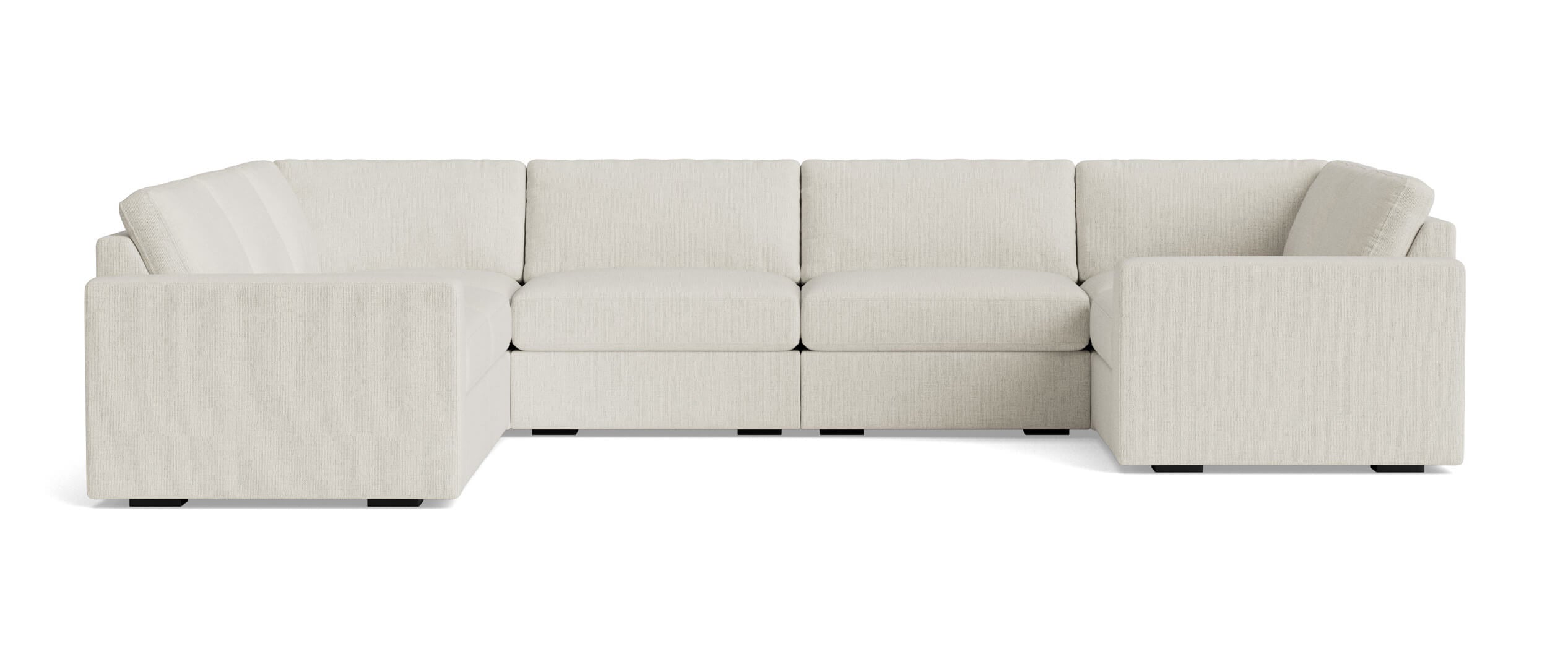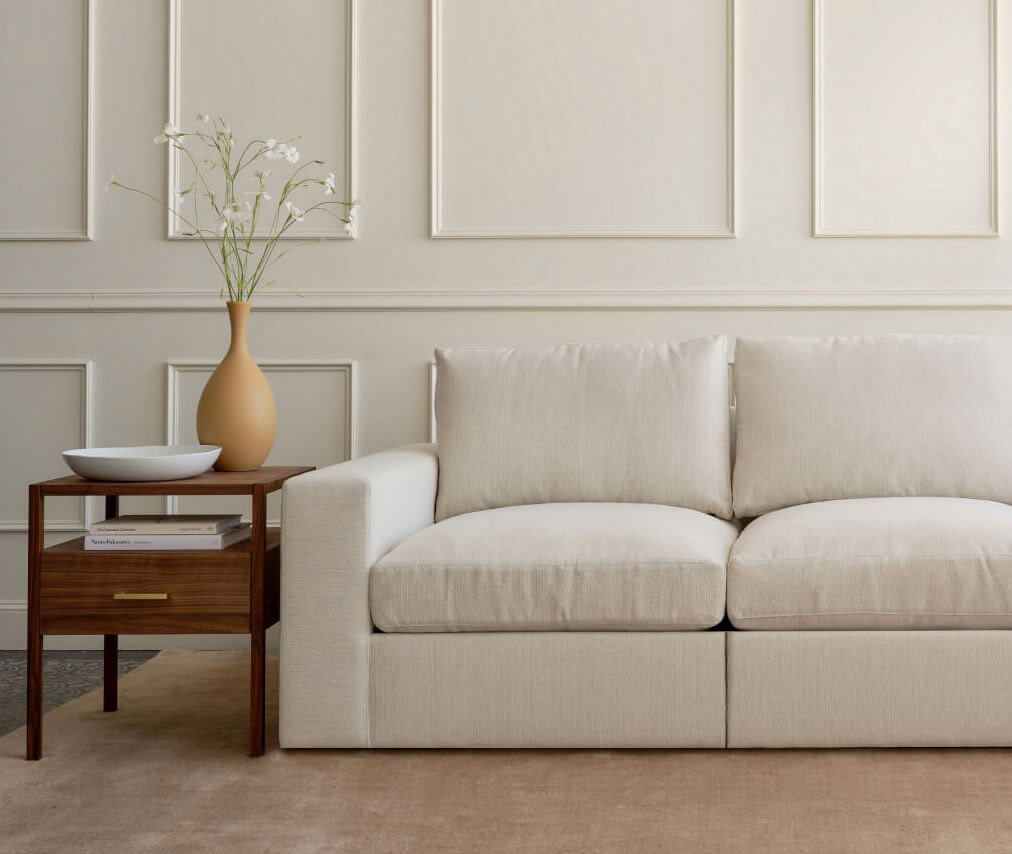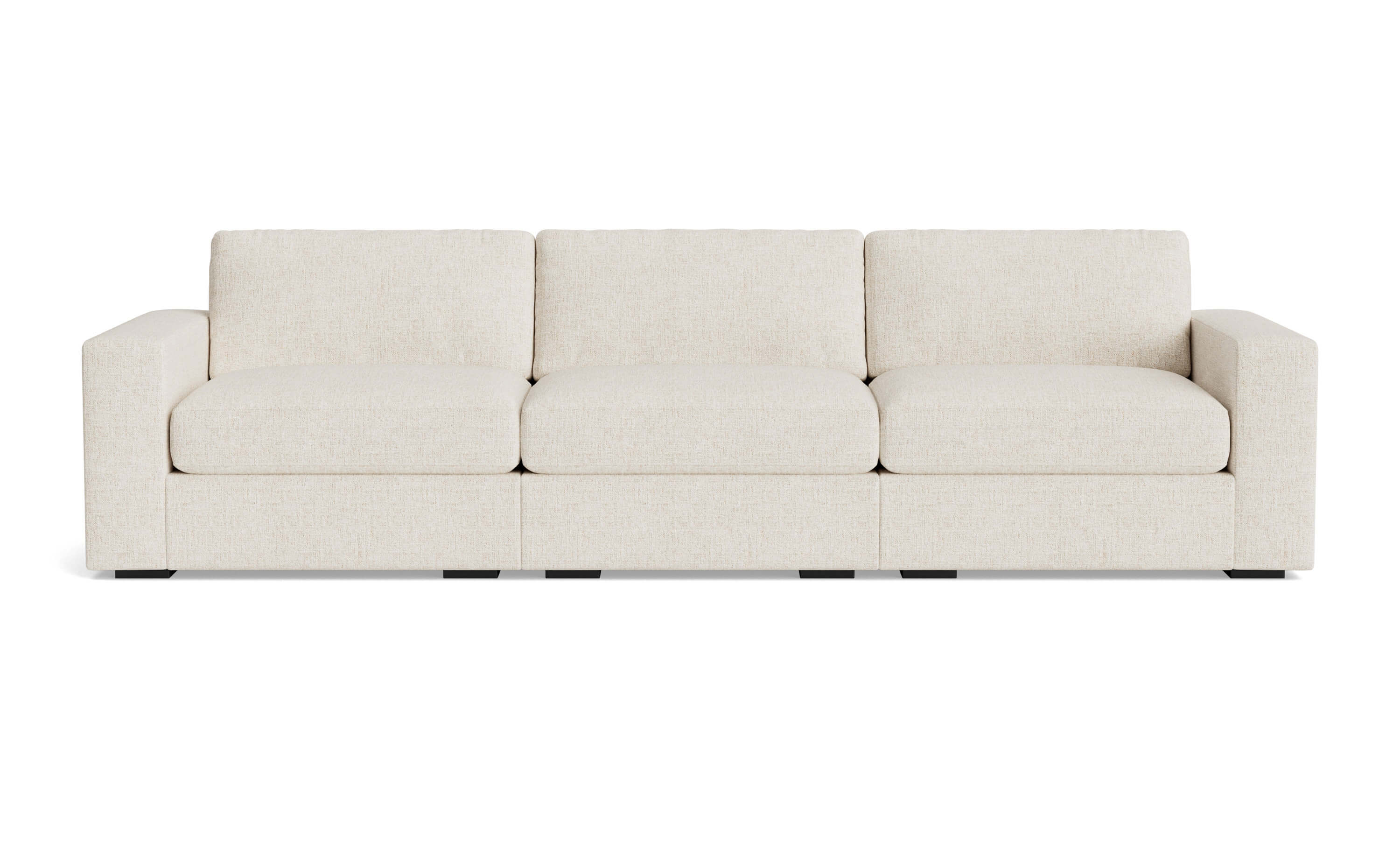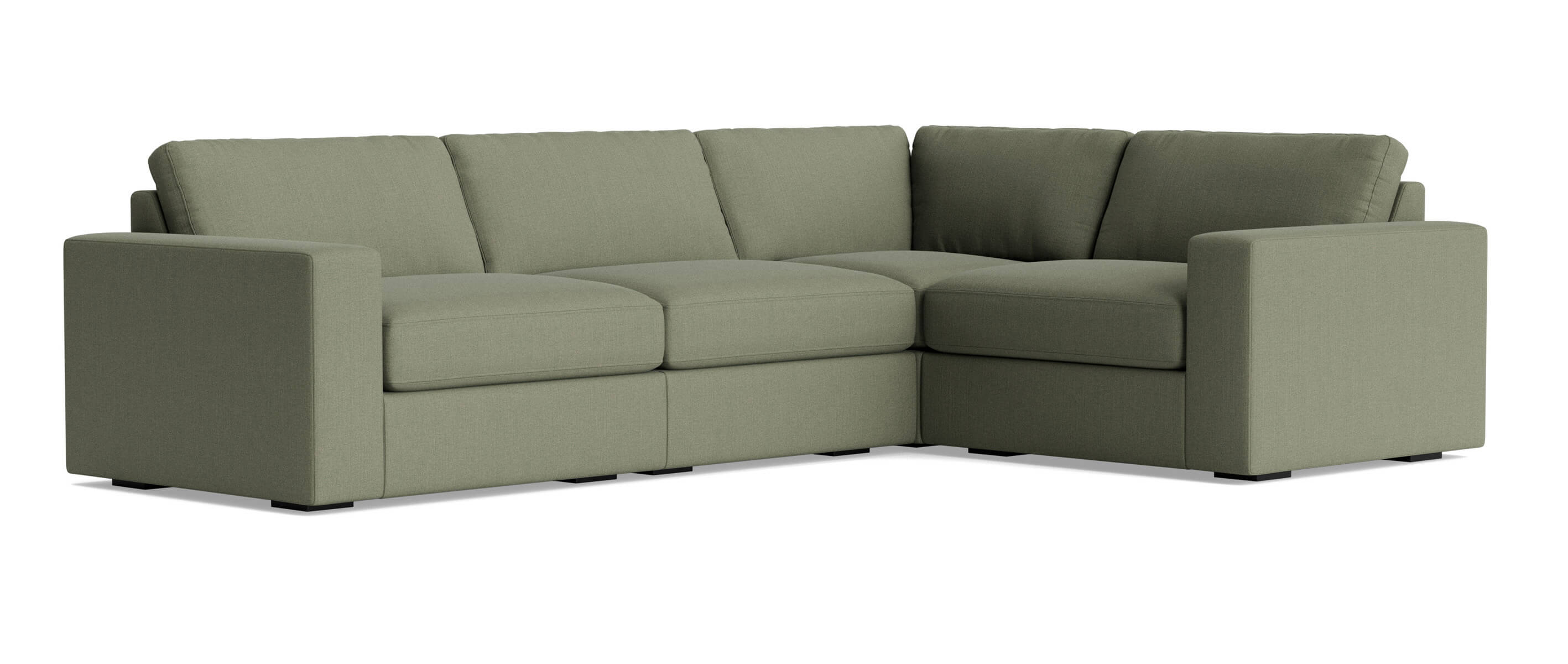When you think of “modular homes,” you probably have a specific image of mobile home or “double-wides.” Manufactured homes have long been quick and cheap living solutions for societies. However modern “pre-fab” homes, known as modular homes, are well-designed and built to last, while saving homeowners hundreds of thousands of dollars. You might just see more modular homes popping up on your block in the next few years.
Pre-fabricated homes have been popular for over 100 years. Sears Roebuck Co. sold over 500,000 pre-fabricated homes between 1910 and the 1940. After World War II, veterans returned to America looking for affordable homes where they could start a family. The demand well exceeded the supply, and modular homes were quickly sent nationwide.
Today’s modular homes use the latest technology in design, installation, and sustainability. They do all this, yet can still cost half of what a site-built home can cost. There are dozens of innovative companies creating stylish modular homes that are built in a factory, and then transported to your lot. Just a few weeks after it arrives on site, your new home is ready to be lived in.

Modular homes are incredibly customizable, despite what you may think. While many modern manufactured homes come in set floor plans, you can still personalize your floors, walls, and counters. Modular home companies often have in-house design teams that provide comprehensive design and planning services for the owners. Your new home can be as custom as you like, or just choose a pre-designed space that you love. Instead of coming up with every design element from scratch, you can pick and choose from their set options, making your custom home less of a hassle.
If you’re interested in a home that is LEED certified, or at least uses sustainable materials, many modular homes have those features included. Choose from cork floors, recycled wood siding, and high-tech windows that lock air in. Many come with Energy Star appliances, and have customization options that include solar panel roofs. If you’ve always wanted to live in a tiny home, which has a miniscule environmental impact, a manufactured home can help you do that.
The production process is also less wasteful, as 30-40% of the material used to construct a typical stick-built home ends up in landfills versus 2-8%, on average, for prefab. These homes use the best materials that result in energy savings for homeowners every month, so its sustainable for life.
Manufactured homes allow you to enjoy your beautiful new custom home in just a few months. You can choose a design, select finishes and apply for any local approvals in less time than it would take to find an architect and set an appointment. Once approvals and financing are complete, your home can be built in a few months in a US factory. Site preparation happens at the same time that your modules are in the factory. Completion of your home, once the structures arrive, takes only a few weeks! This time is used for connecting the home to plumbing and electrical lines, as well as finishing up any interior details.

Durability is another unexpected feature of manufactured homes. After all, these structures were built to be transported cross country, then lifted with a crane! (Don’t try picking up a site-built house with a crane, unless you’re trying to demolish it). They are outfitted with materials that can withstand wind and other elements. Often made of steel frames, some offer hurricane window customizations or other extra-durable features.
Because most of the building is done indoors, in a factory, under close supervision, there are far fewer construction errors than would be found on a site-built home. There’s no weather damage hiding under the surface. The factory precision makes it harder for details to be overlooked. And there’s no construction delays due to weather! Manufactured homes have been perfected, so the builders have tested that every material and component will work.
These homes are durable, sustainable, customizable, fast, and they are also well-designed by top architects. They are made of the finest materials that make it impossible to tell that these are manufactured in a factory. Modular homes can be found in a variety of styles to fit any homeowner’s vision, from craftsman to modern and everything in between. However, most styles are modern, and they feature all the latest technology and trends.
These designs often include large window walls and big open spaces. Manufactured homes can be up to three stories high, with 18’ ceilings. You can live in a cozy tiny home that’s just 640 square feet, or a large home for your whole family at 5,000 square feet or more.

Photo Credit: Blu Homes
Now comes the question on everyone’s minds: how much do they cost? A 3-bedroom, 2-bath manufactured home can start at just $179,000. Before you get too excited, this cost does not include the land, the foundation, or the installation. Even so, after stripping out the land costs, manufactured homes are still significantly less expensive, averaging $44 per square foot, versus $94 per square foot for site-built homes. For about half as much as a site-built home, you can get a new custom home that looks just as gorgeous!
Manufactured homes don’t have to just be for family homes. If you have a small piece of land on a favorite lake, on the beach, or at another vacation spot, a tiny modular home can be your piece of paradise. If your current lot allows it, modular homes are great for backyard workspaces, guesthouses, and in-law suites.
Some cities are even taking advantage of modular units to create more low-income housing, or housing for their homeless population. Due to the affordability and speed of which these homes can be built, it seems like an excellent solution.
Manufactured homes are still working on shedding the stigma of a “pre-fab” home. It’s a phrase that can be associated with low-quality and even poverty. But with more companies debuting well-designed, practical modular homes every year, it’s not hard to see this as the future of modern design.


